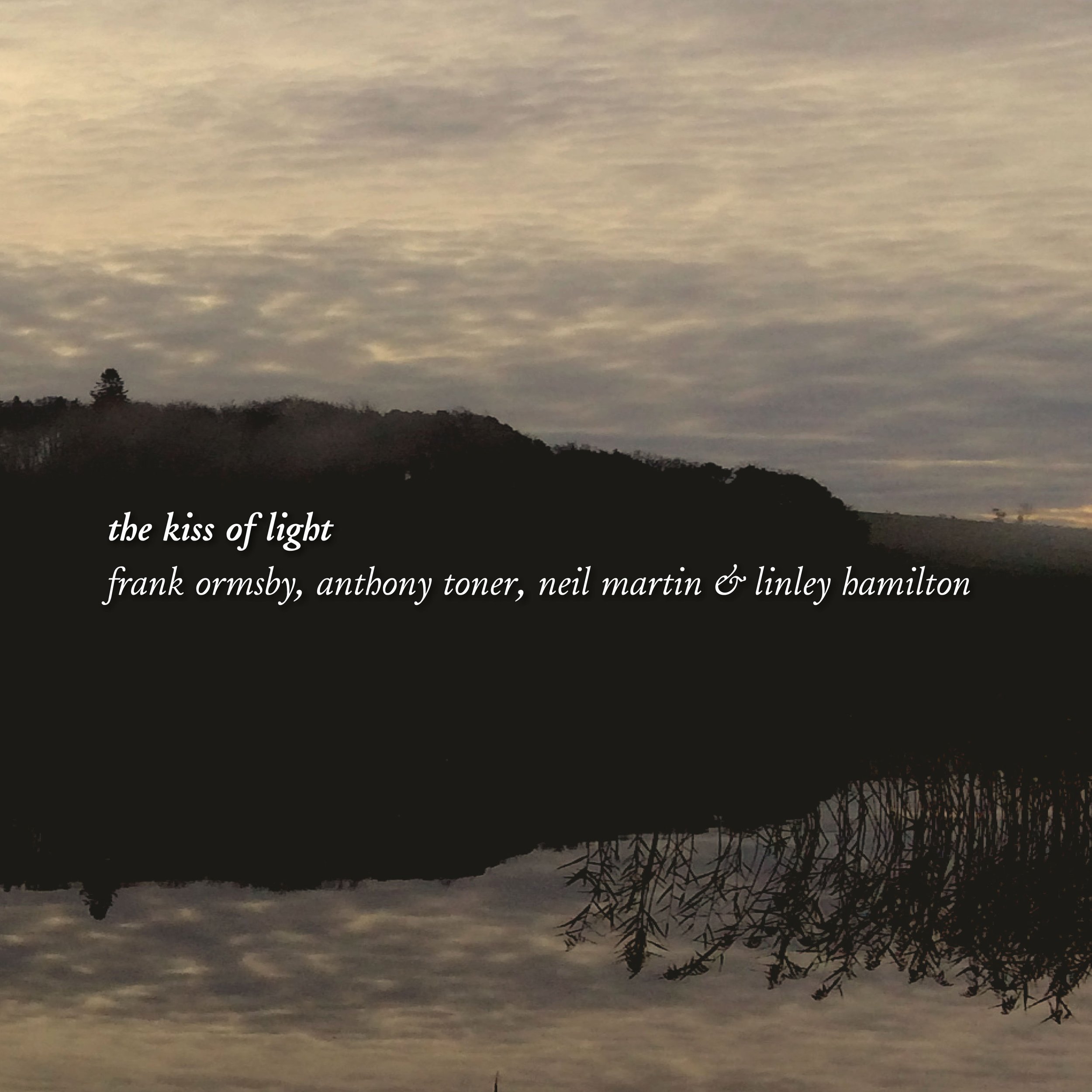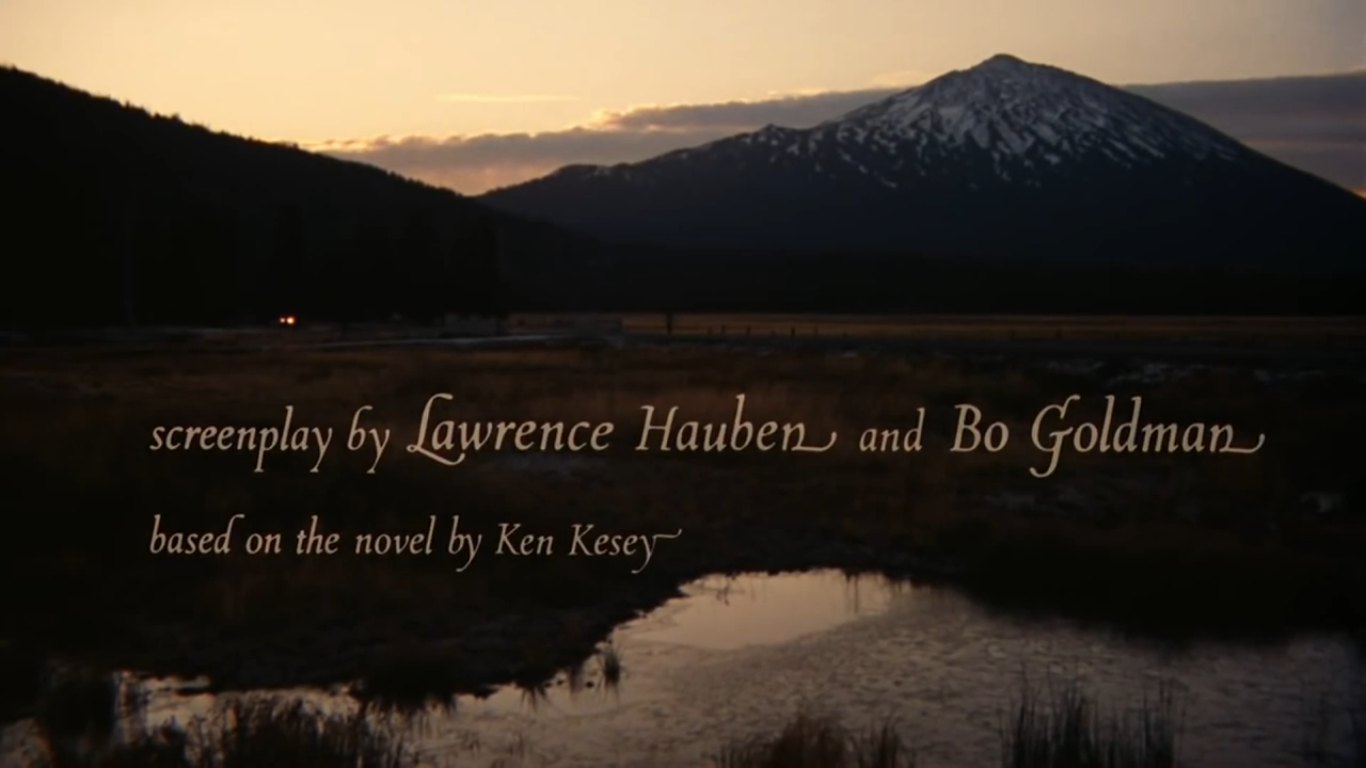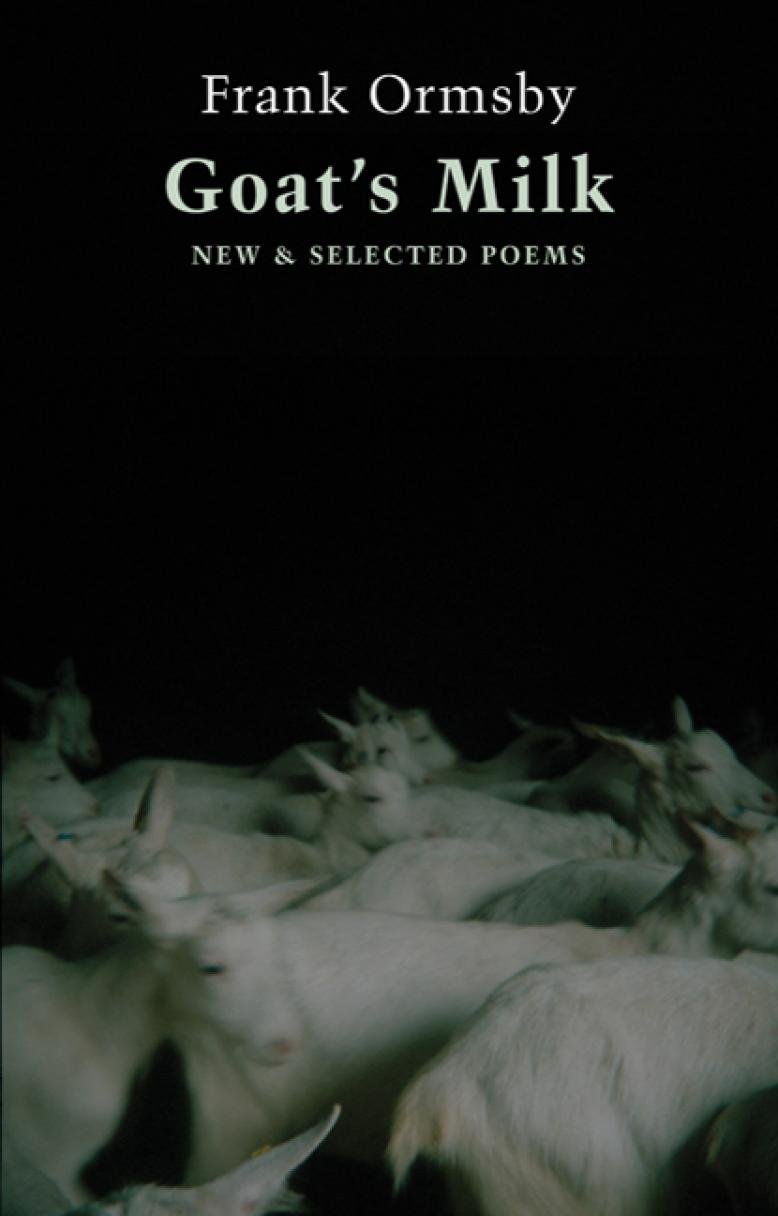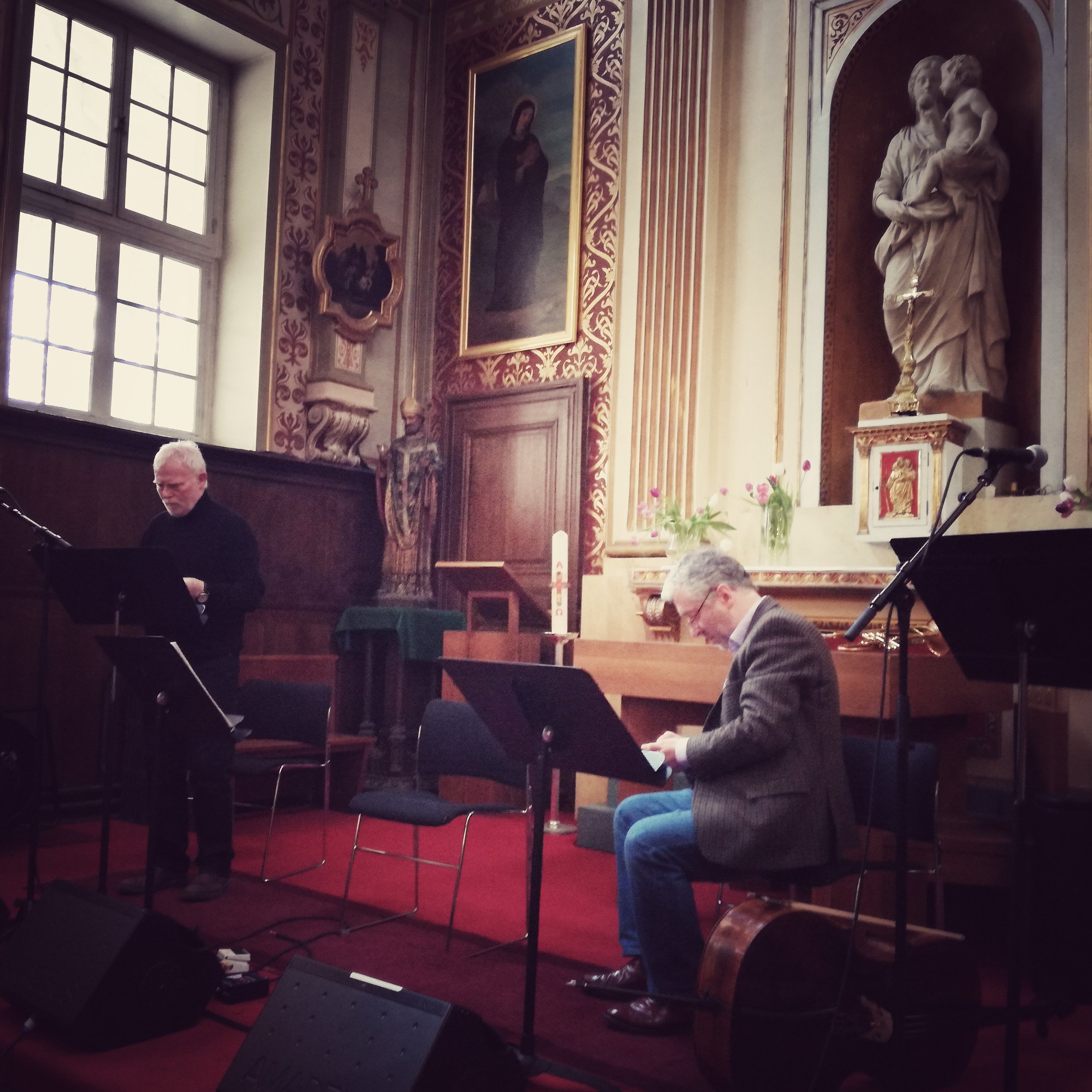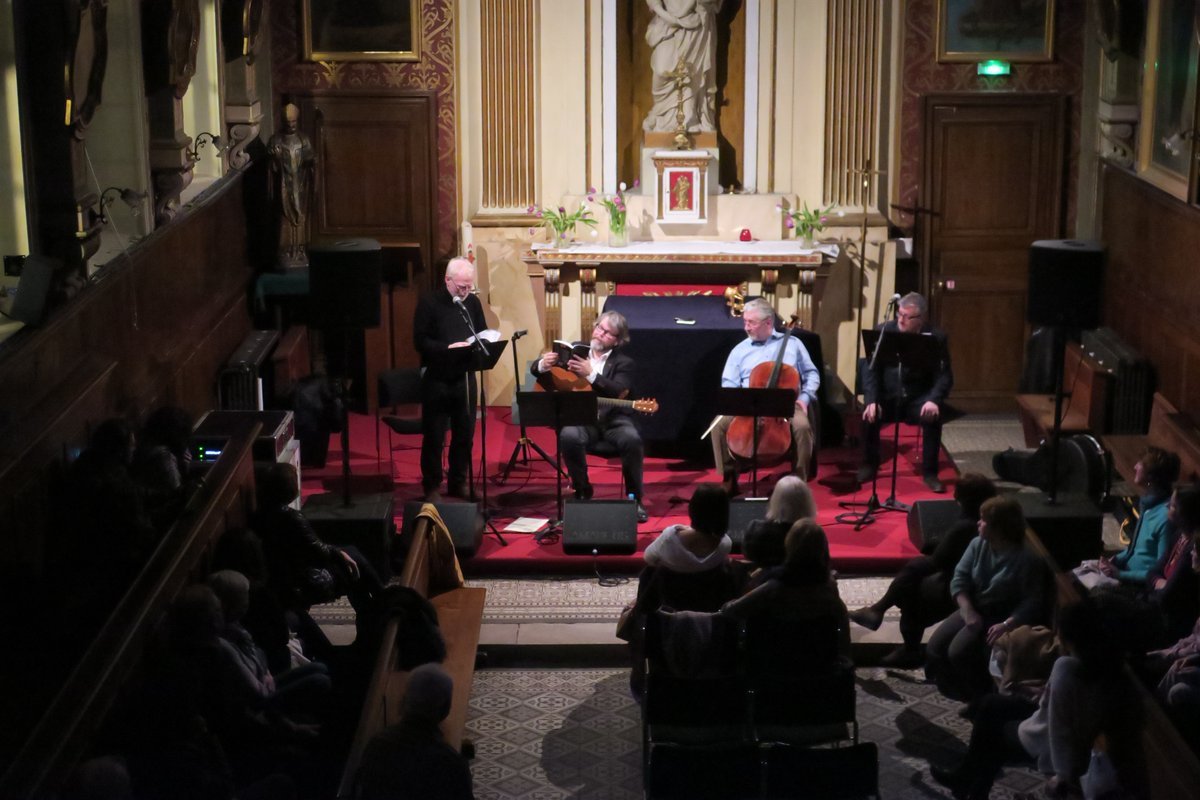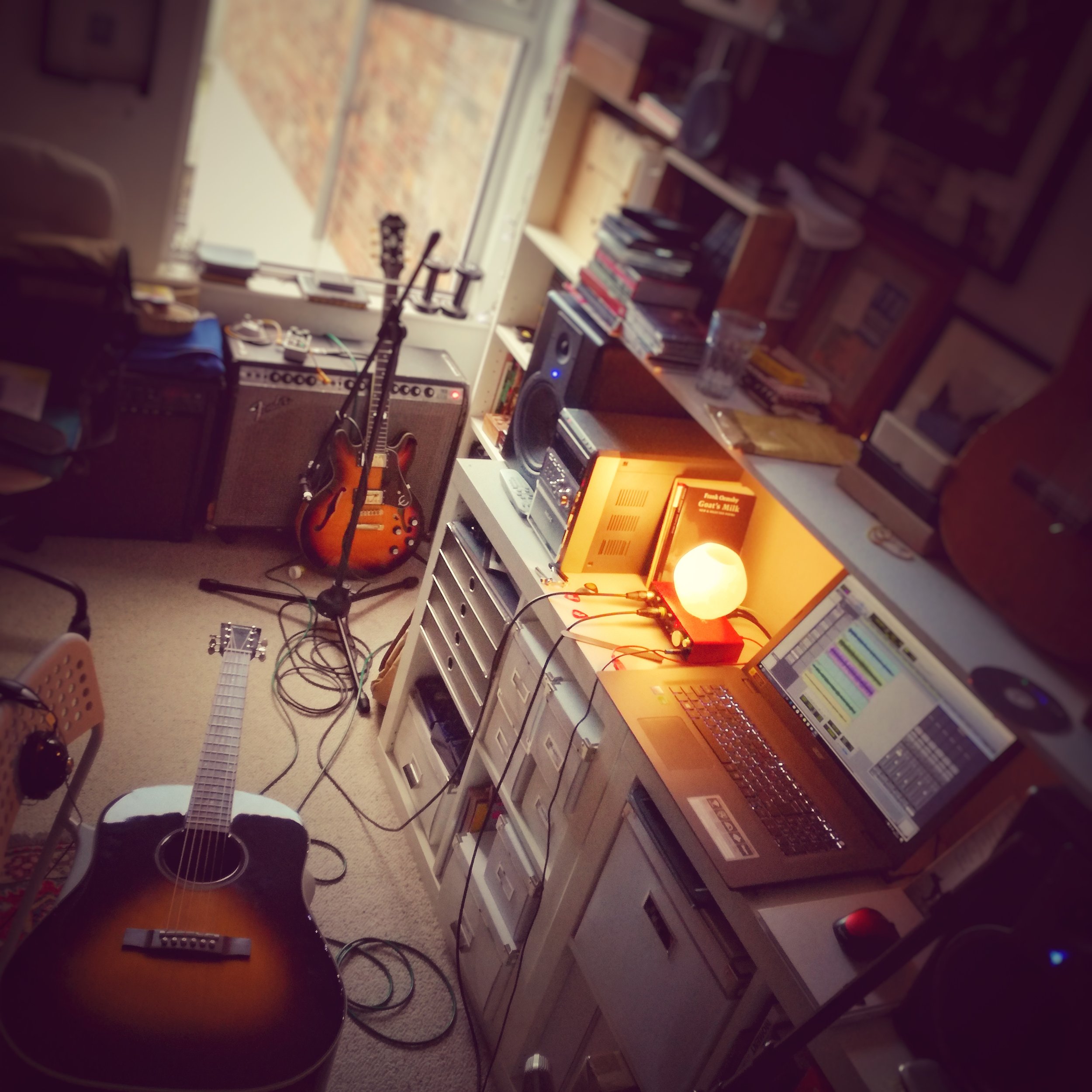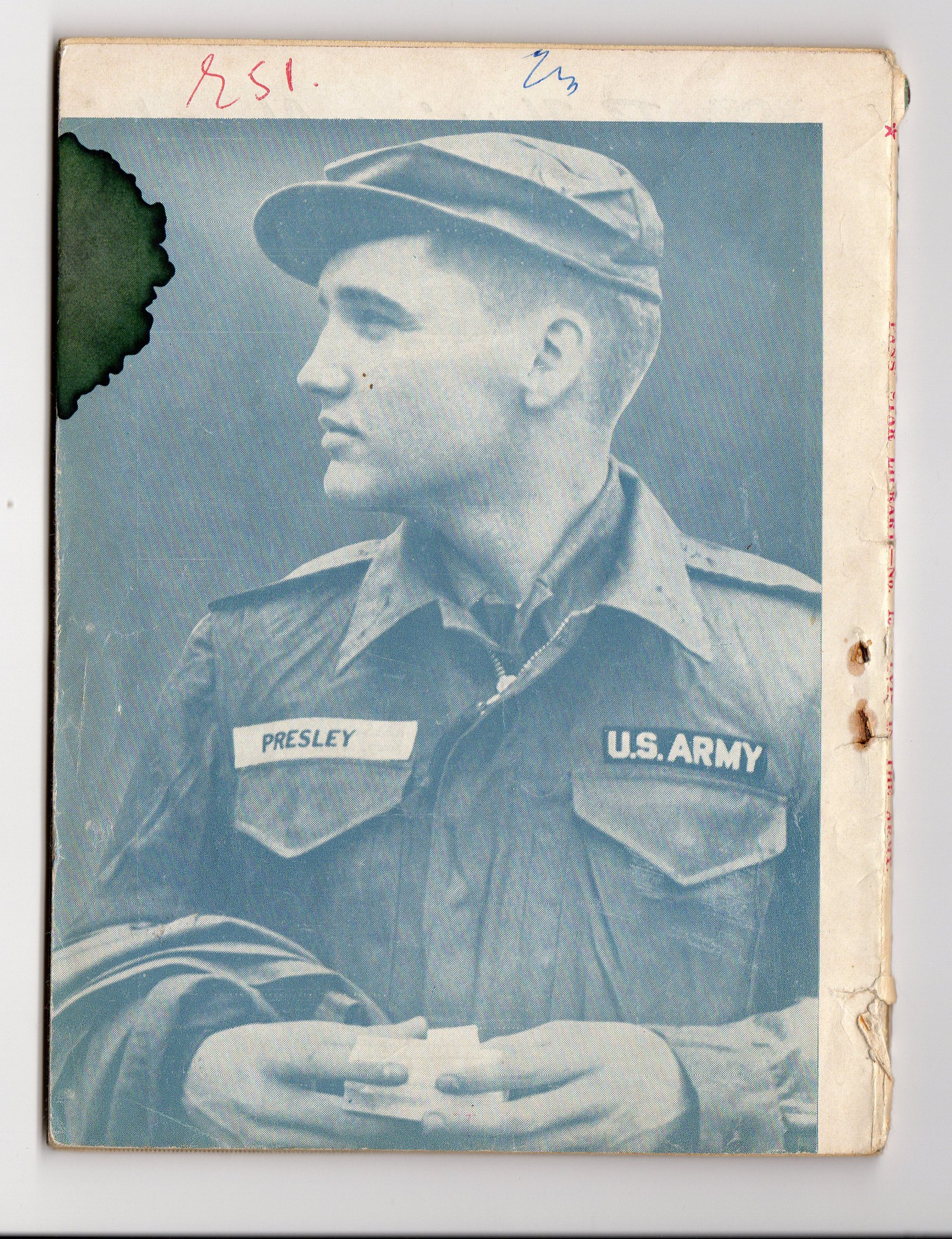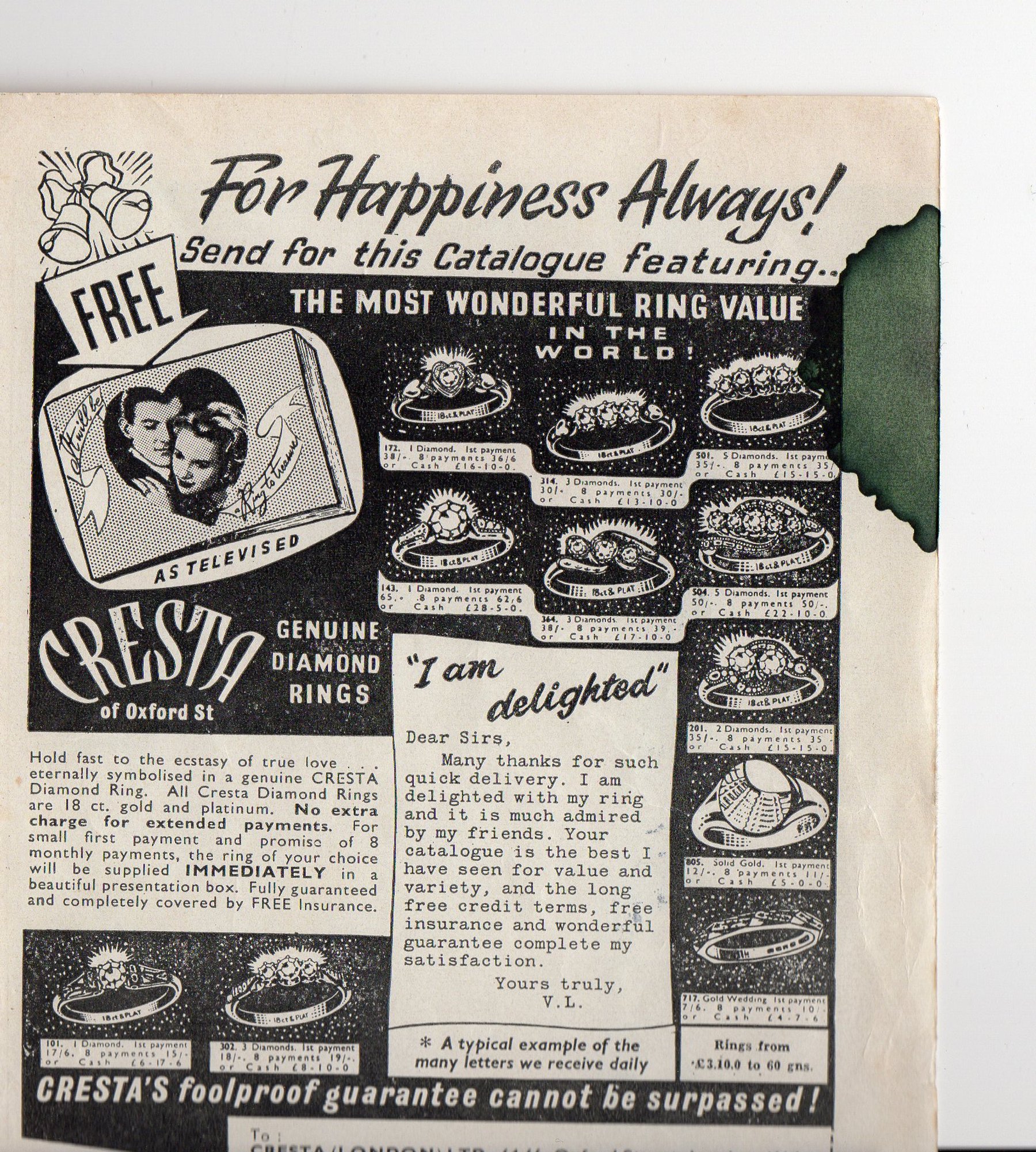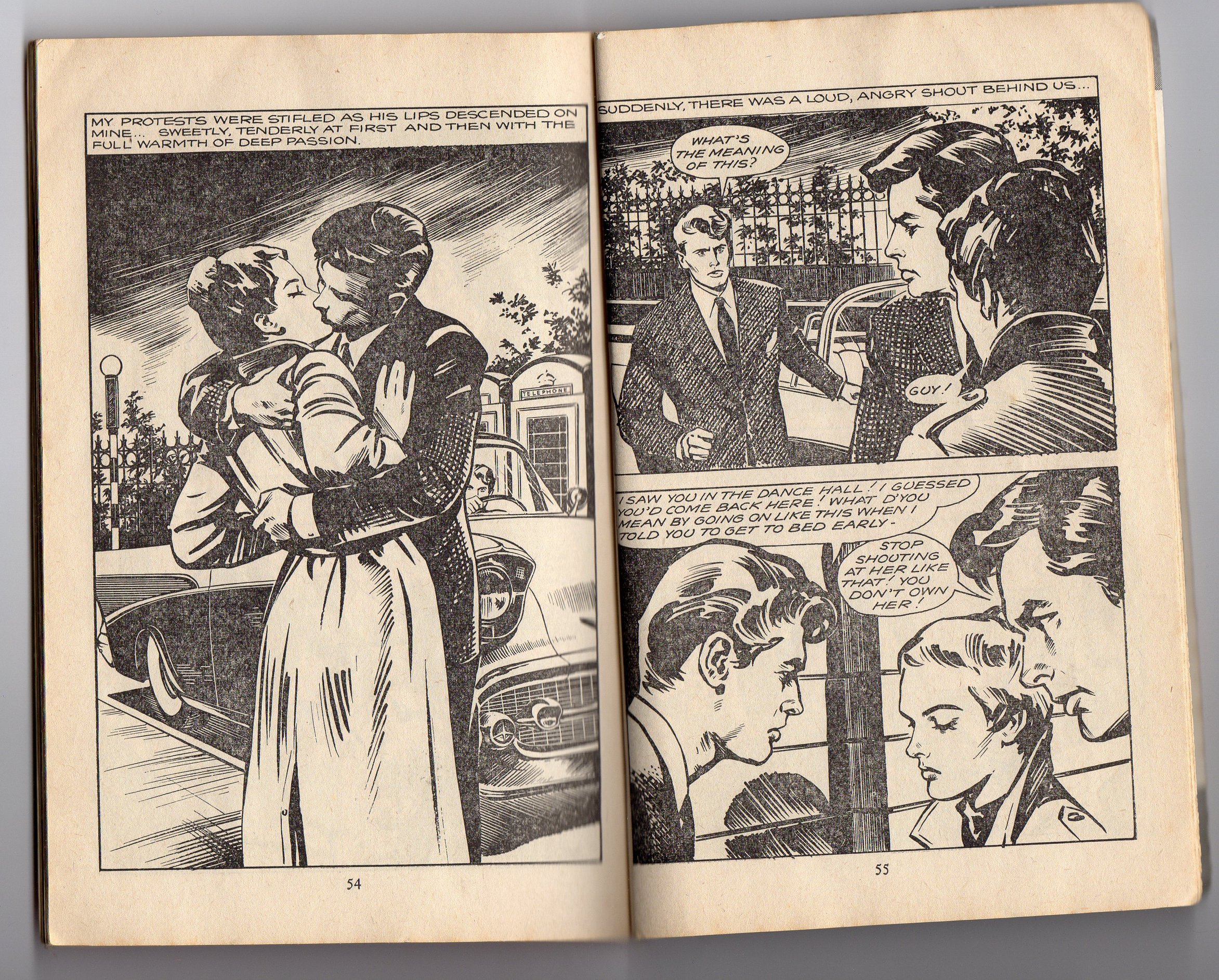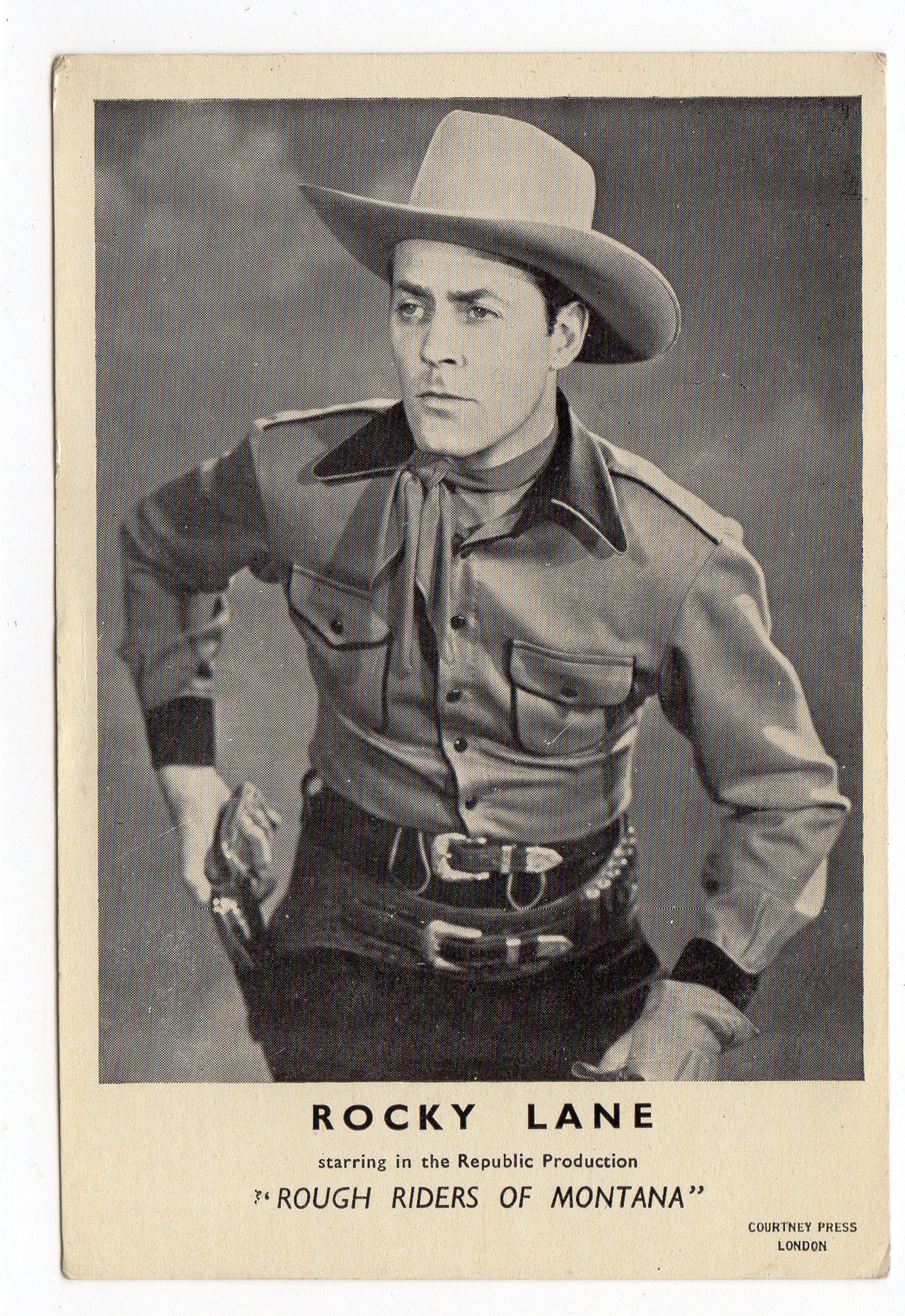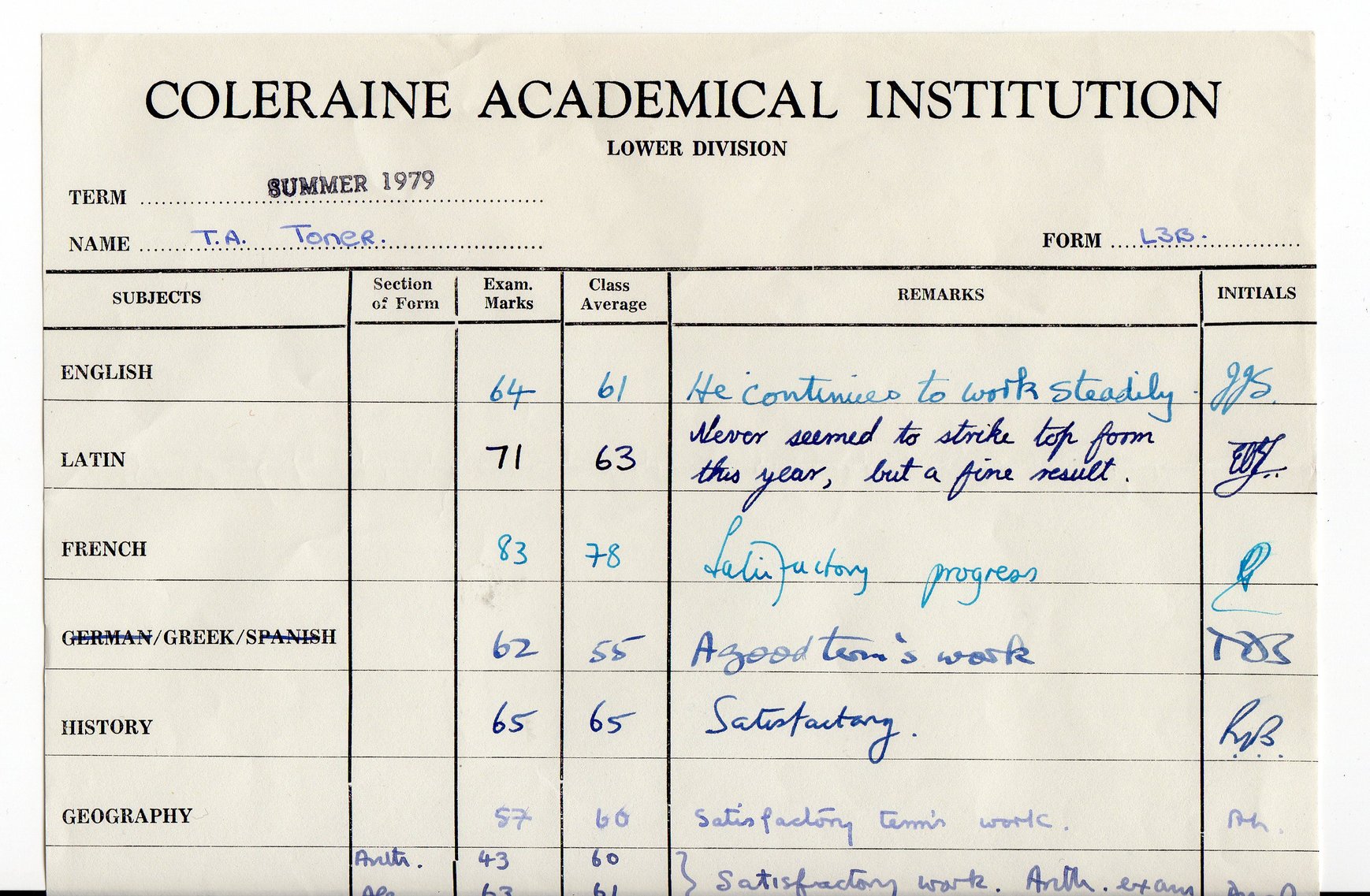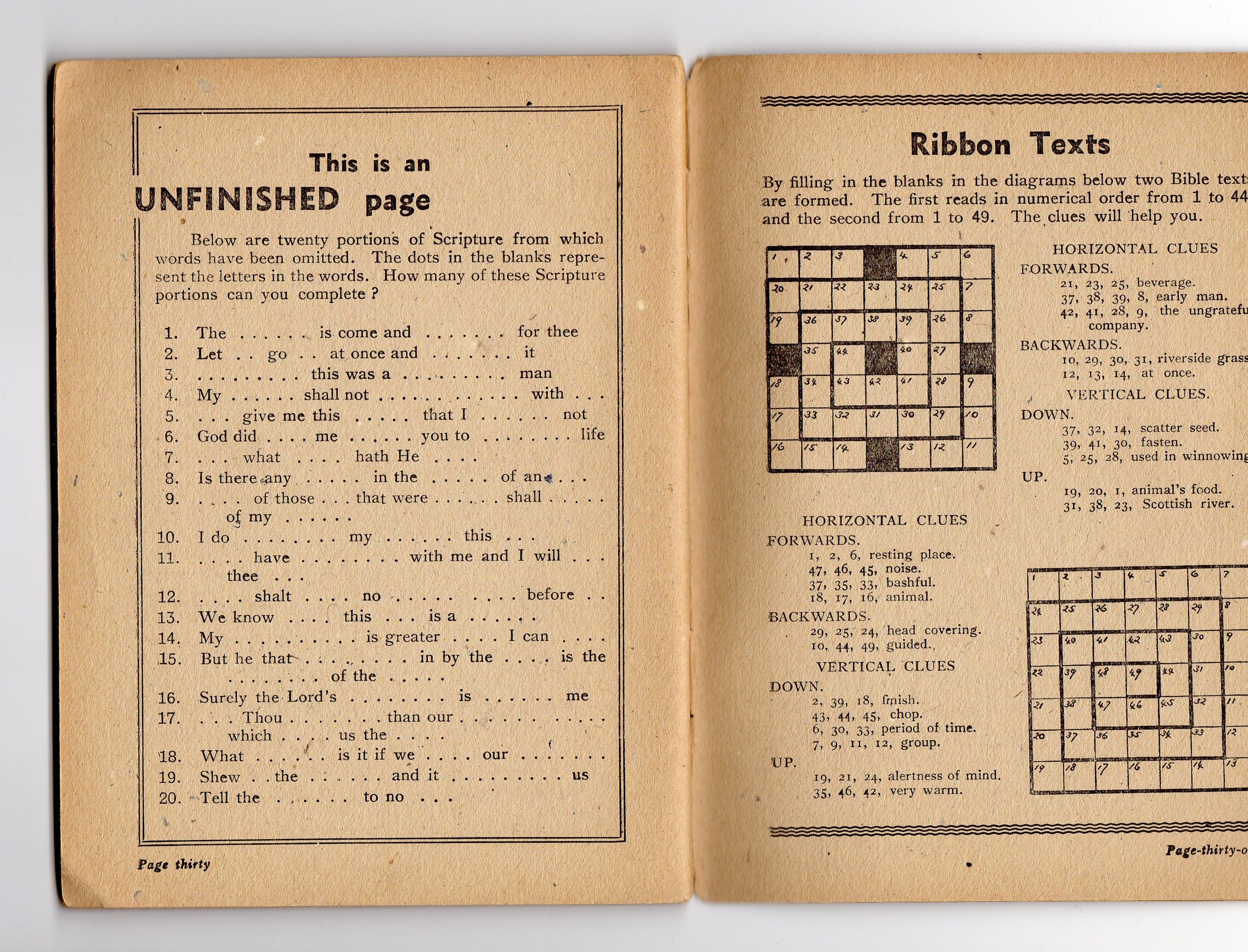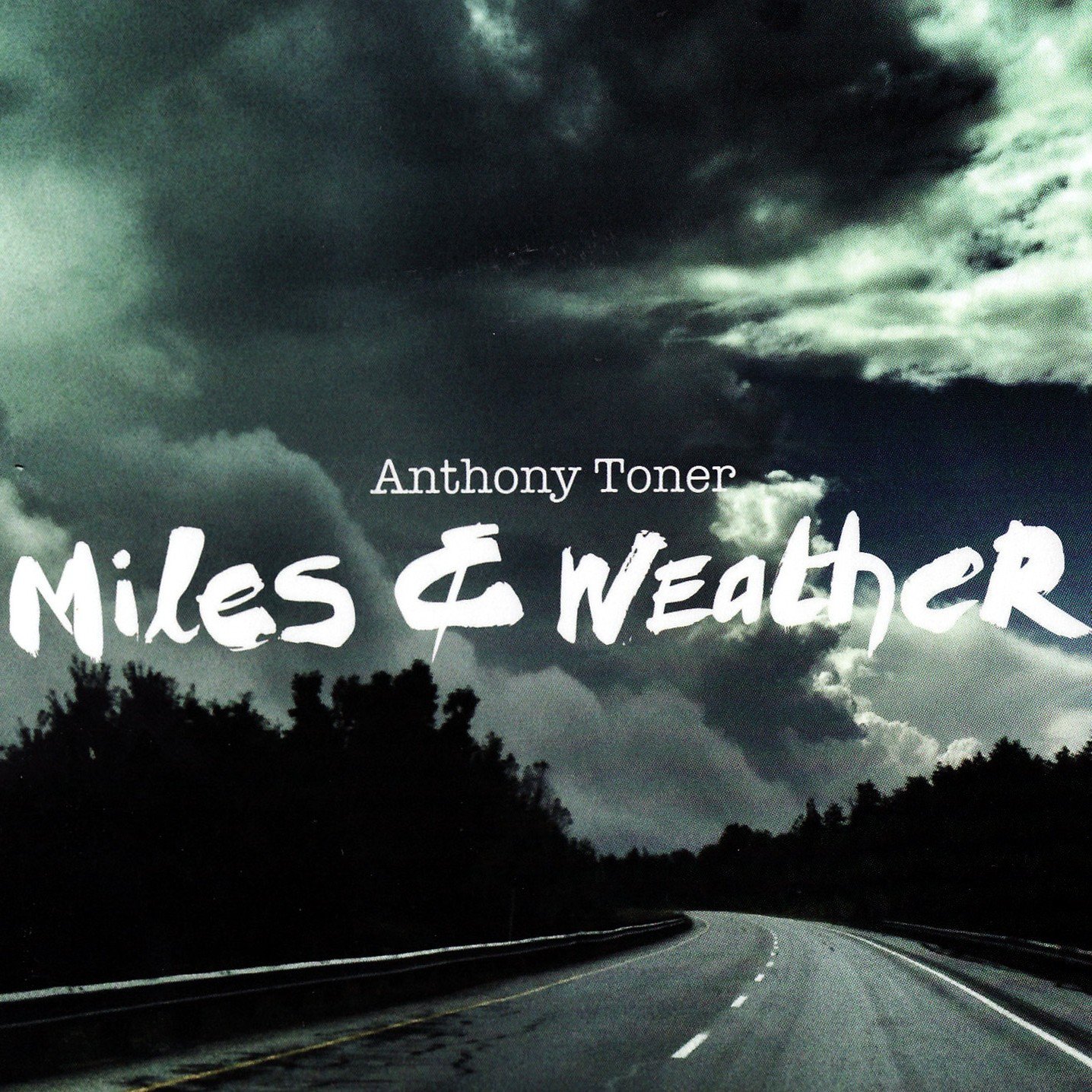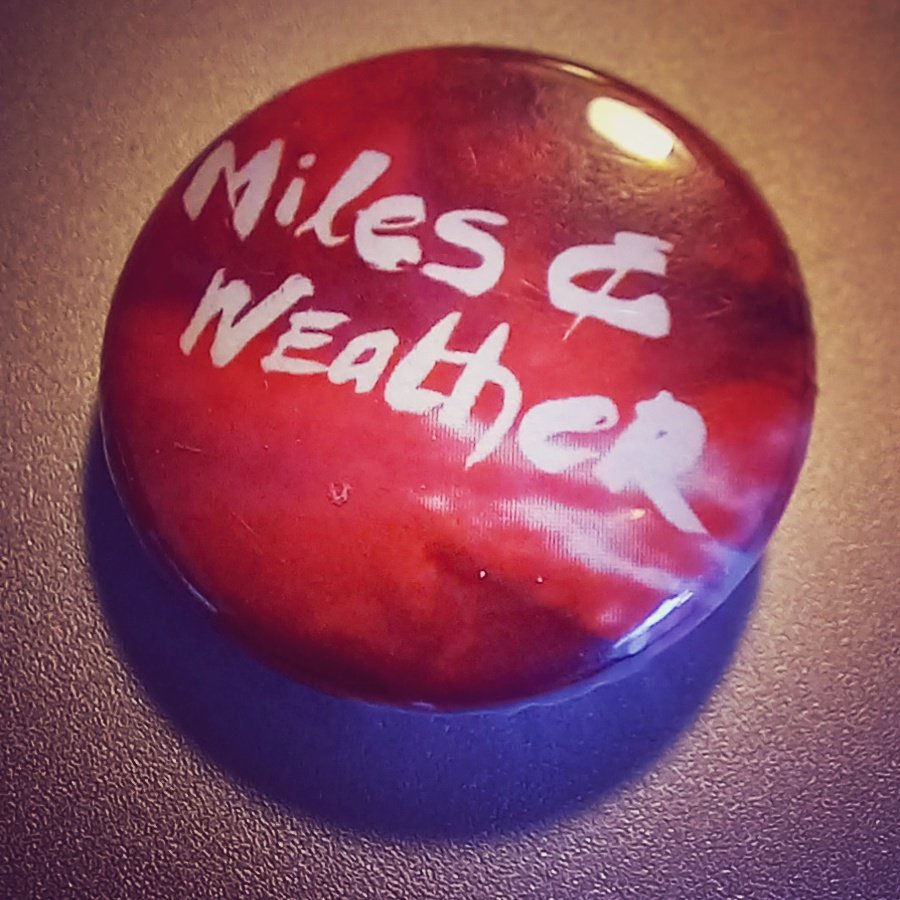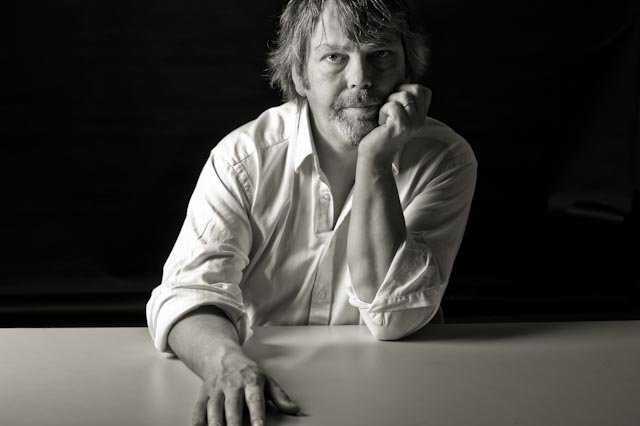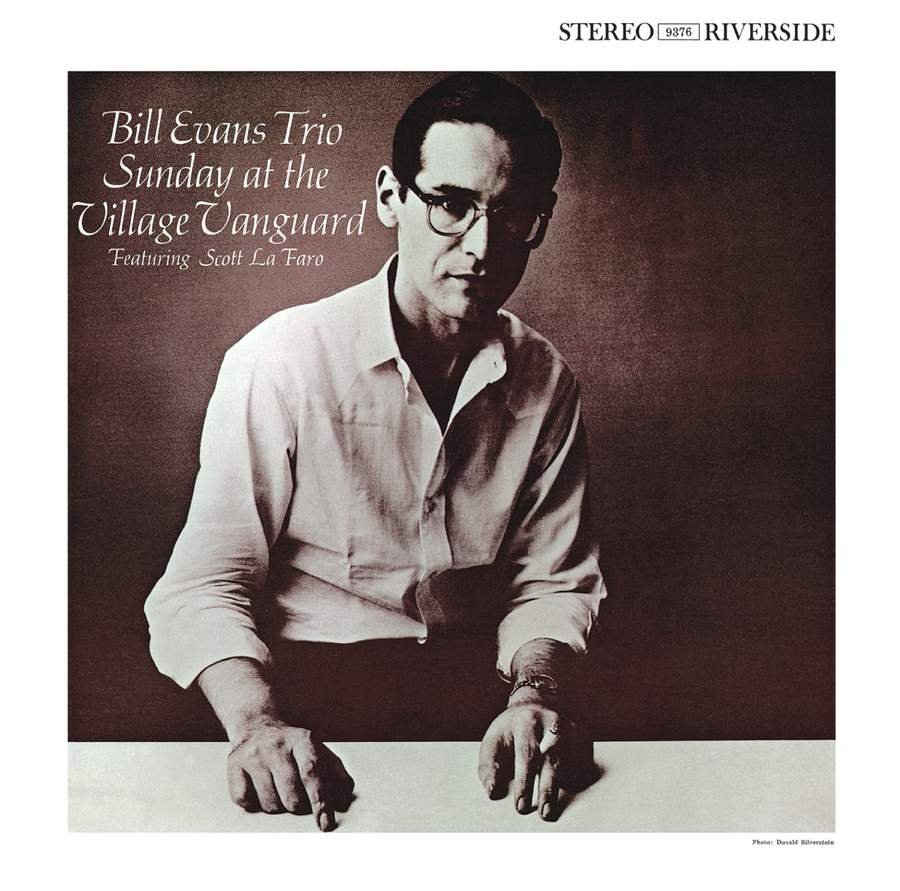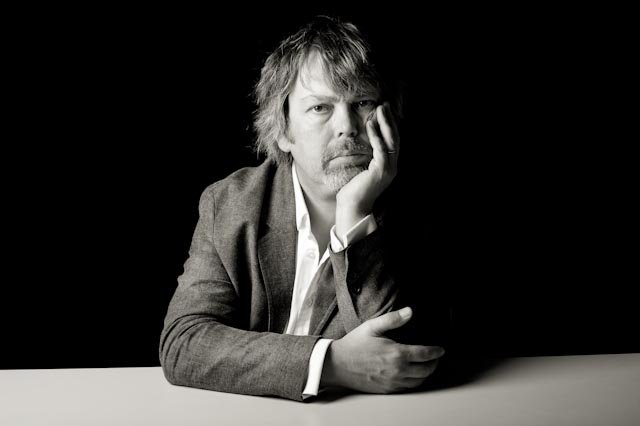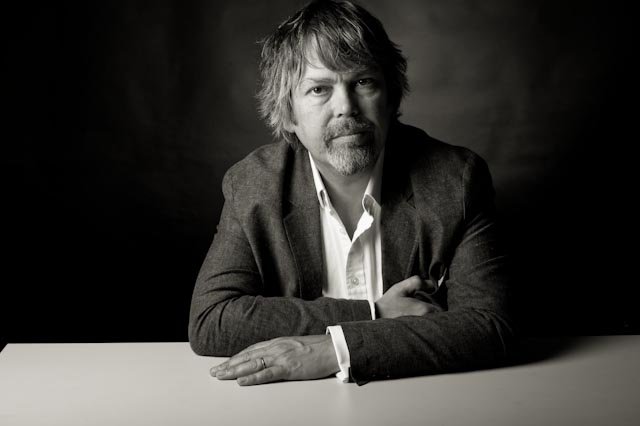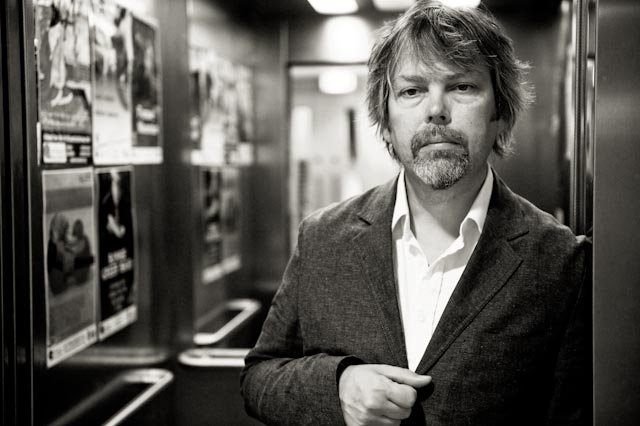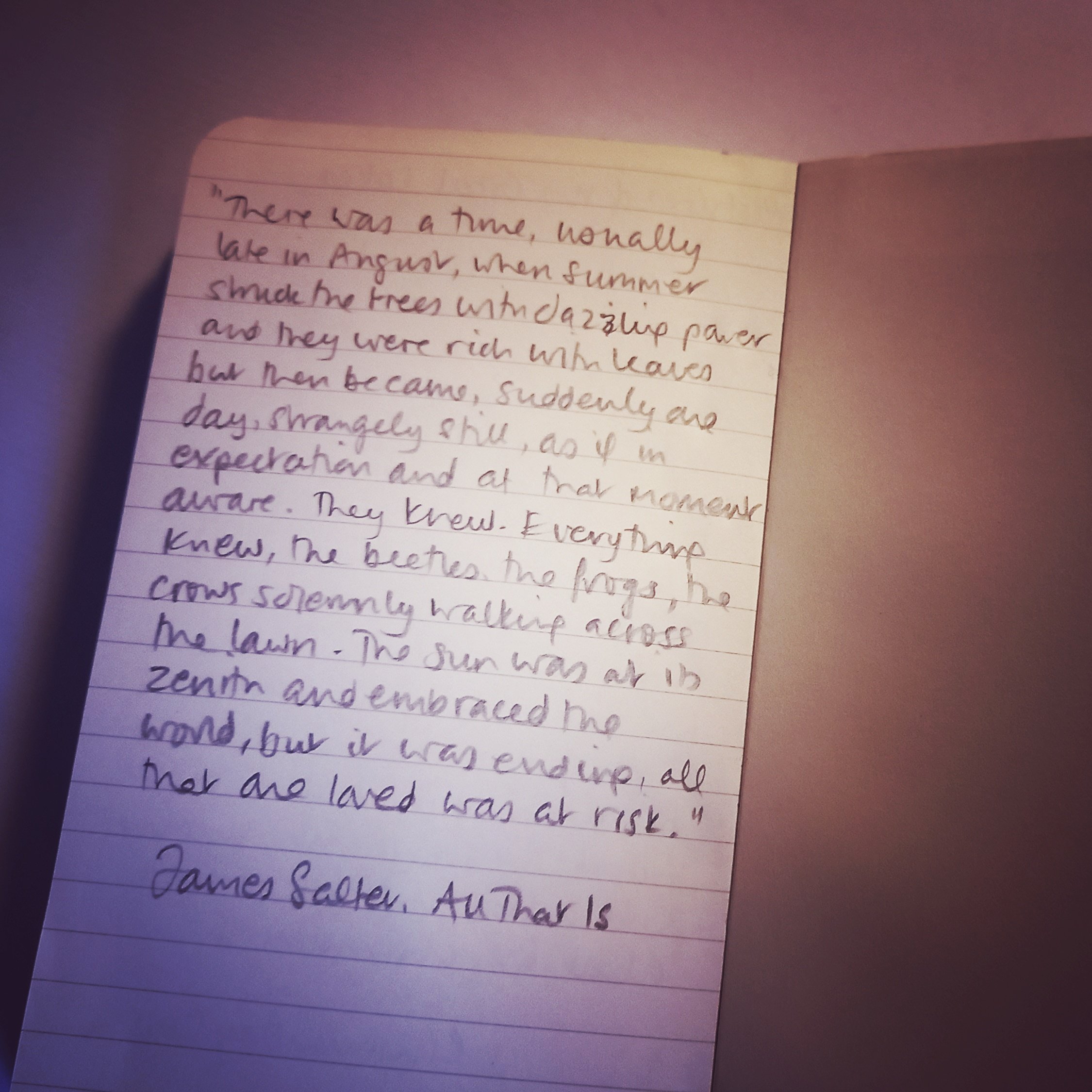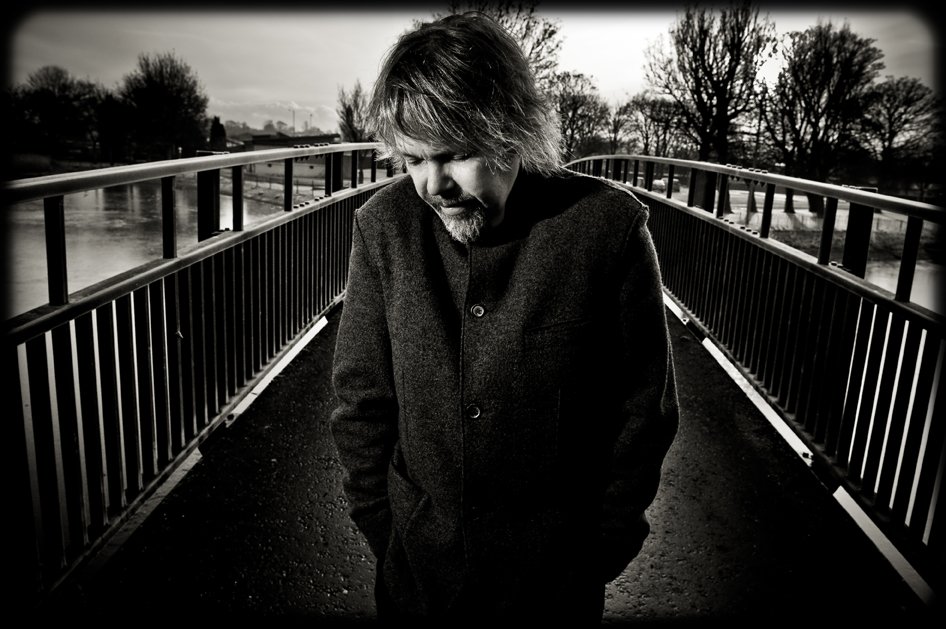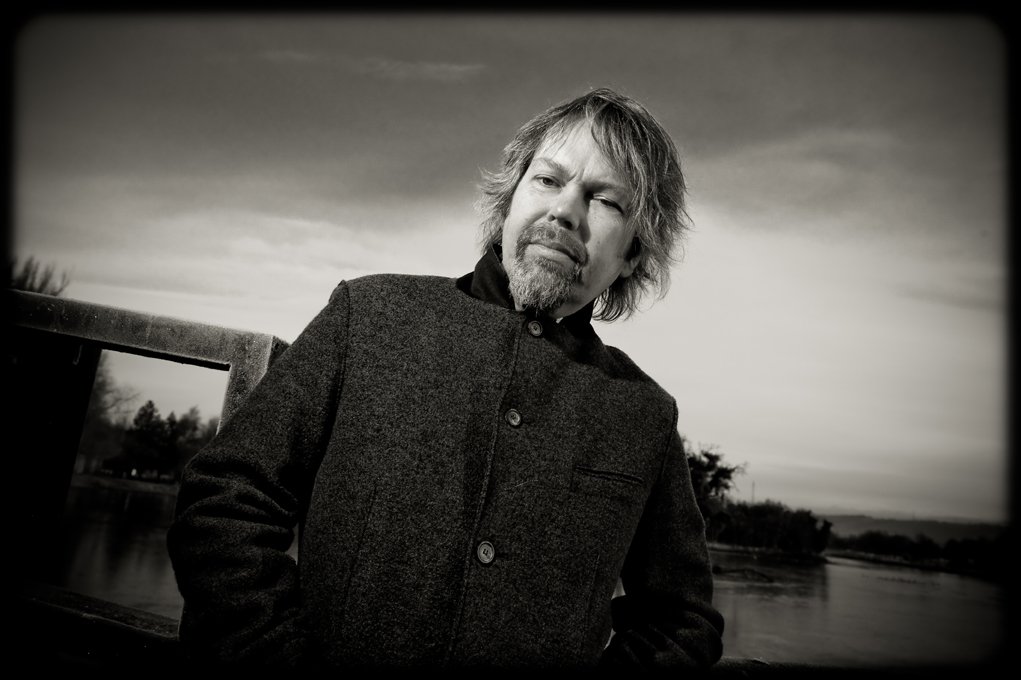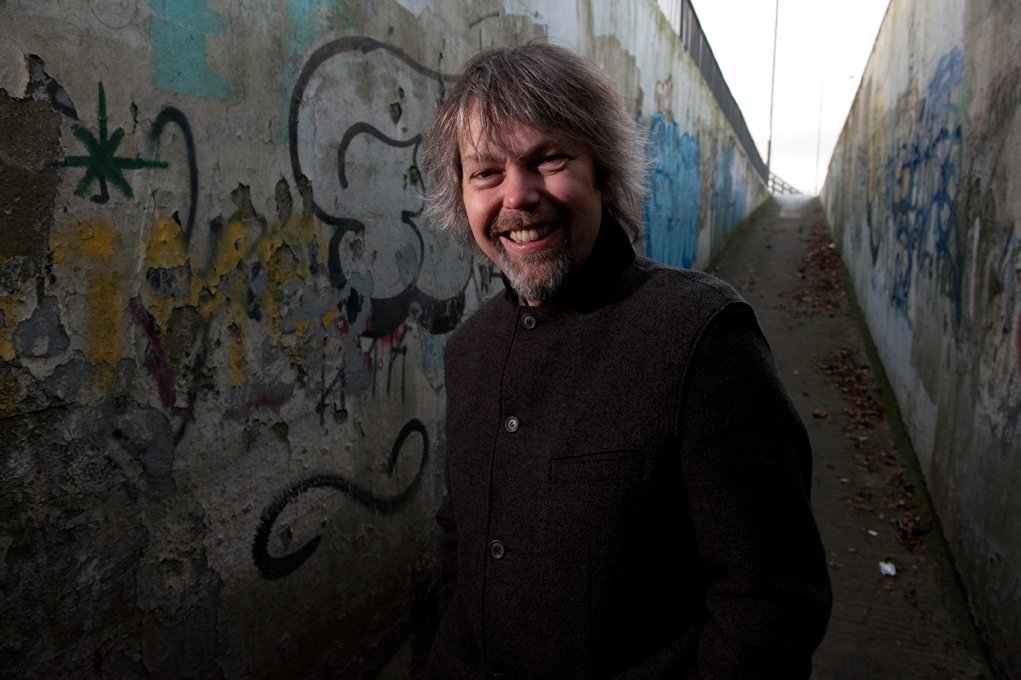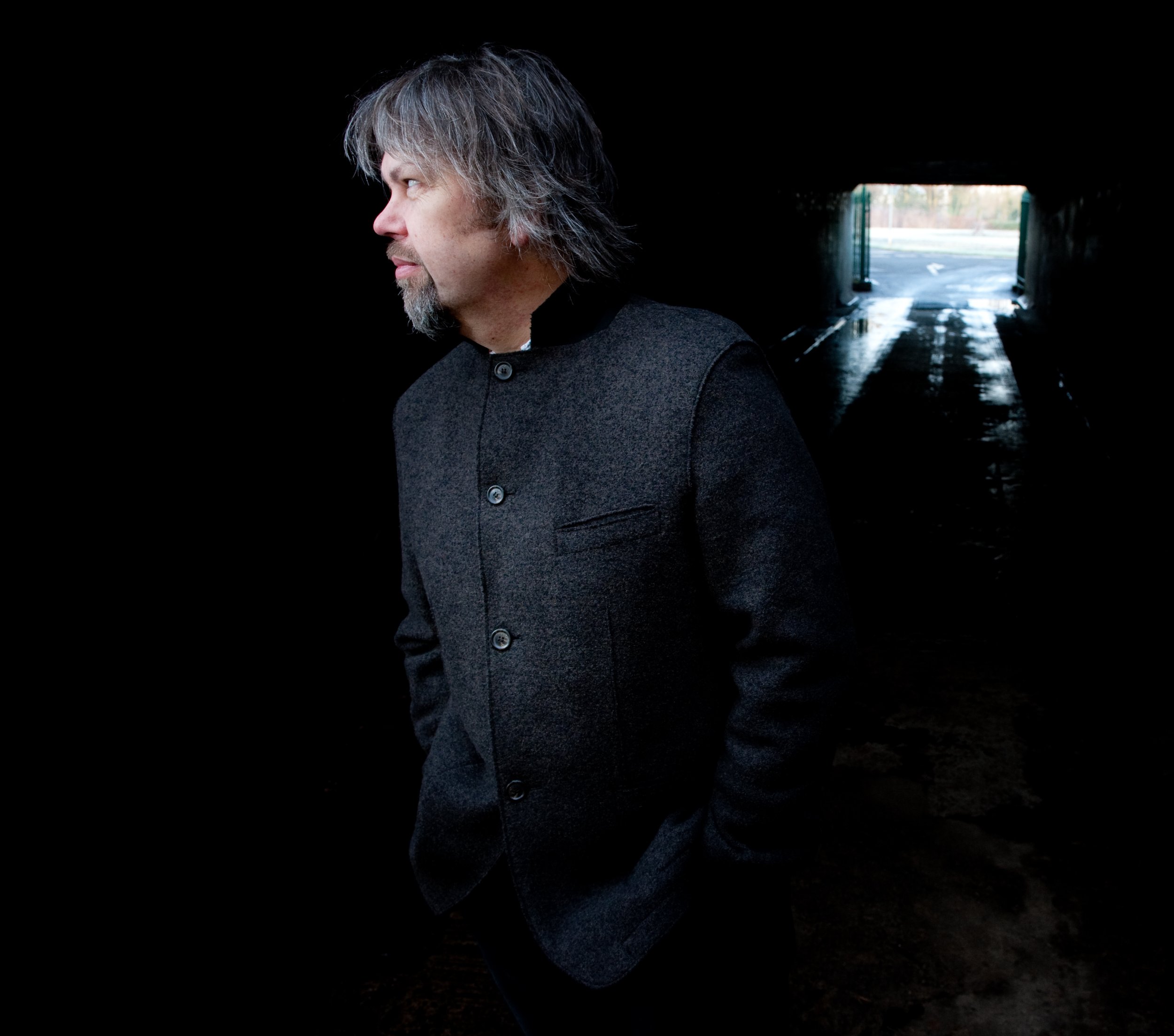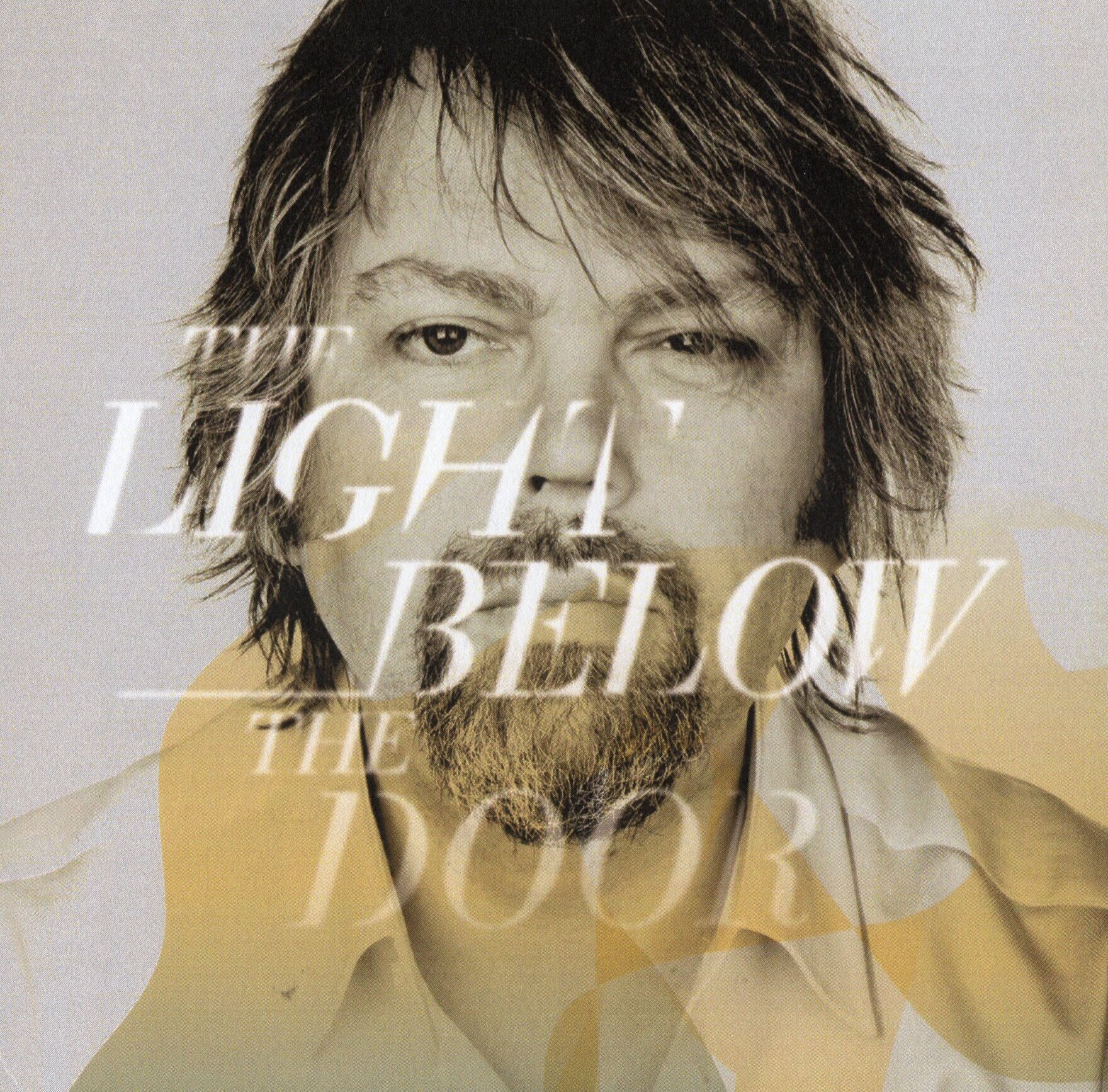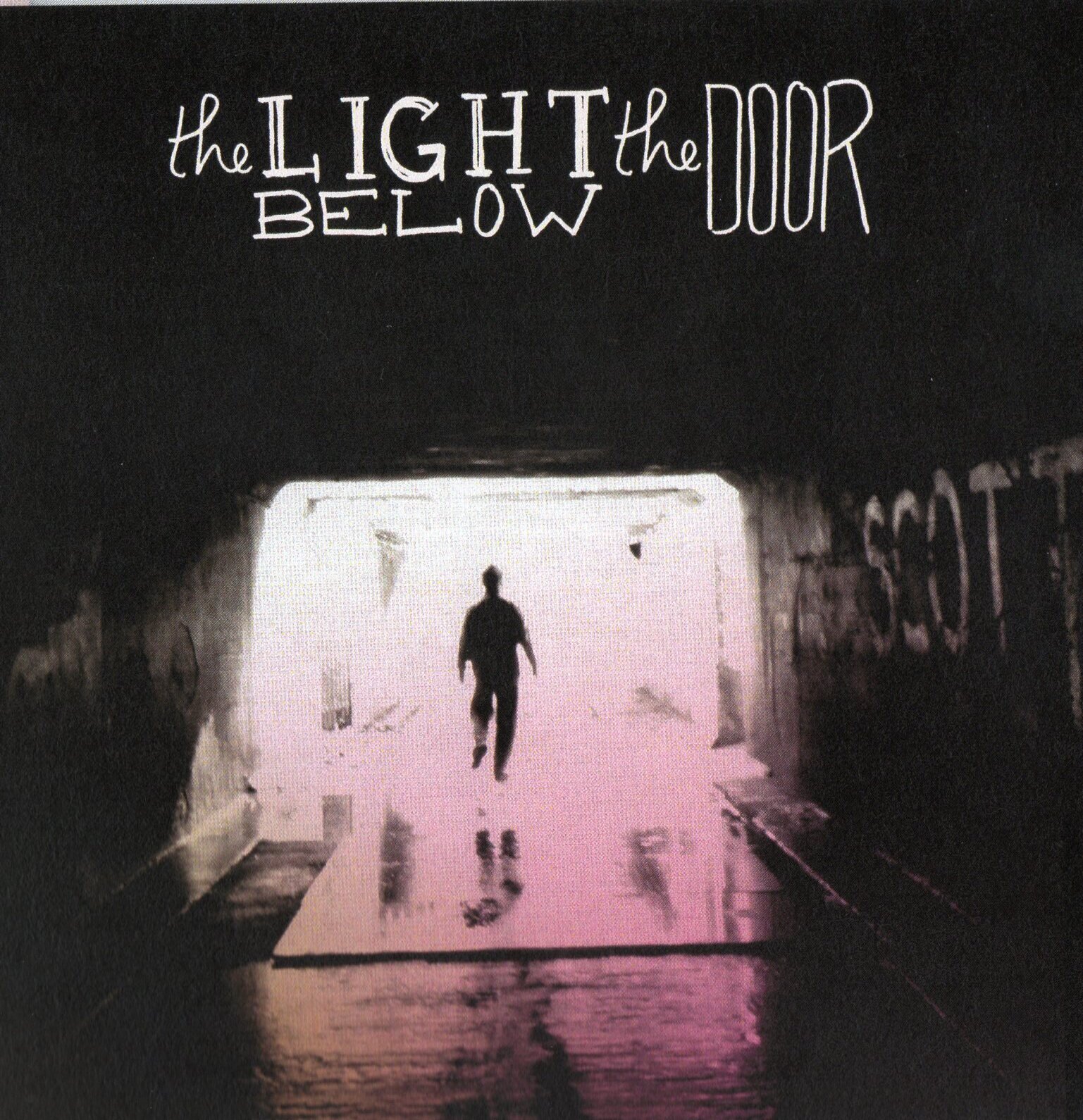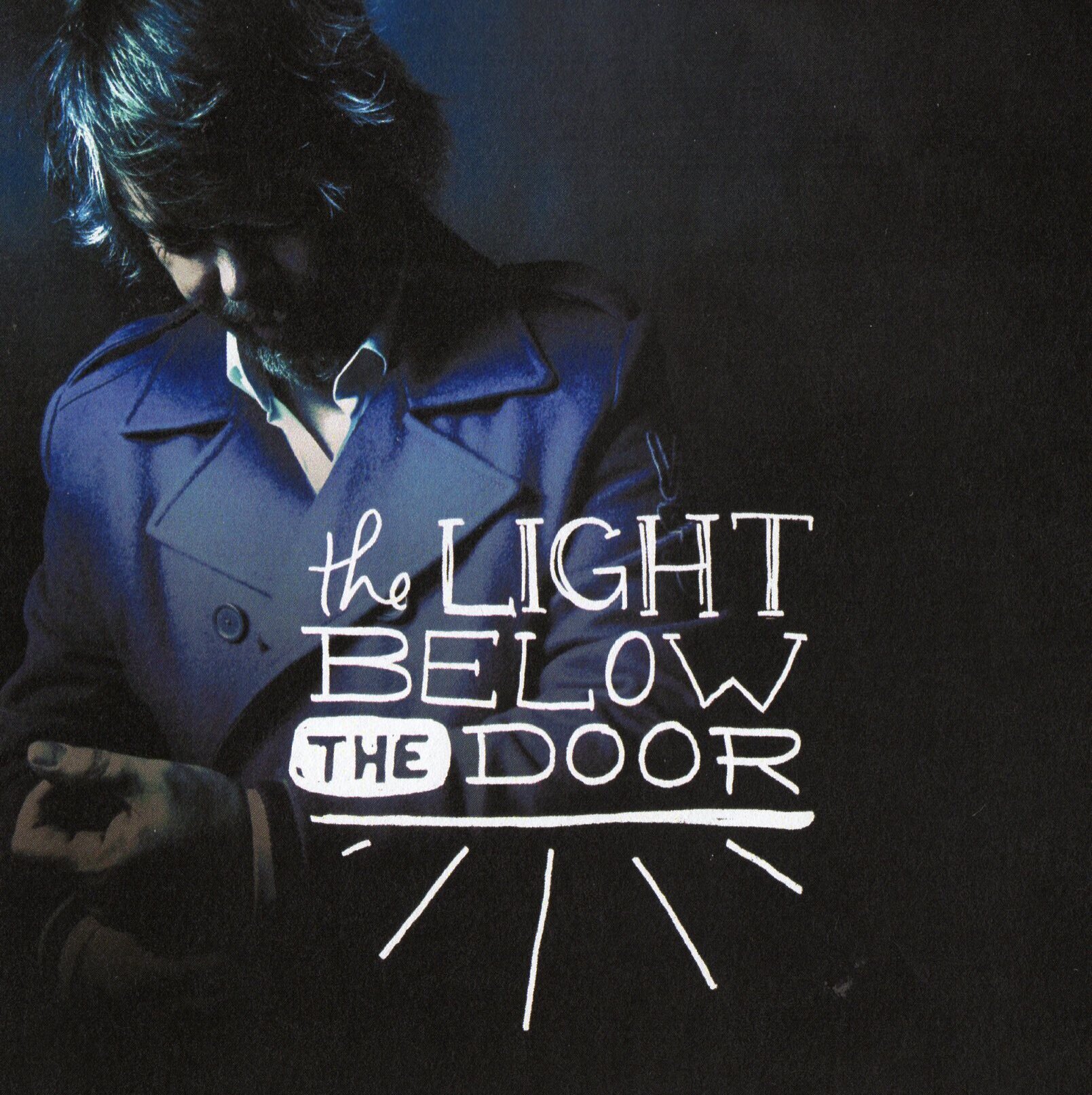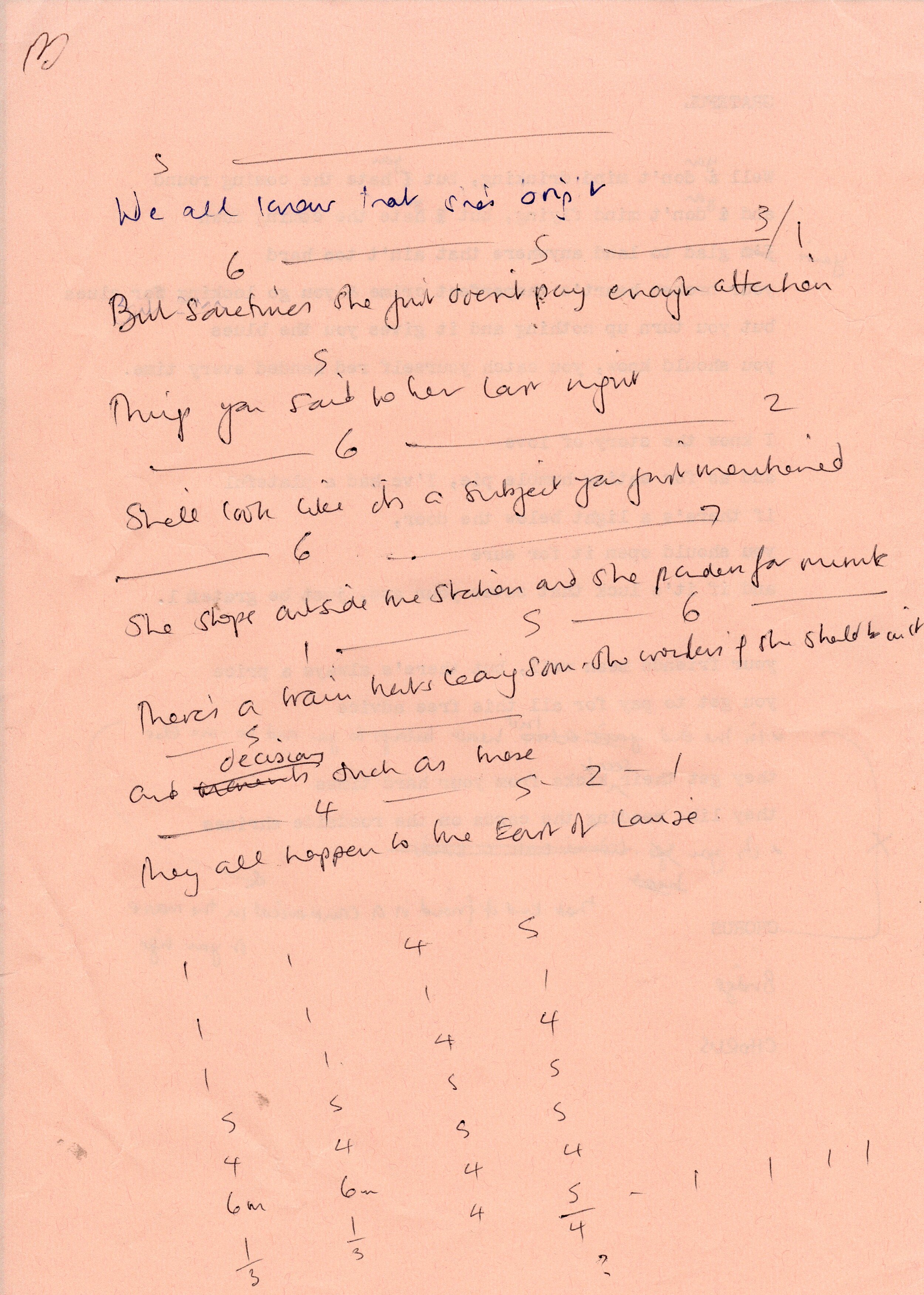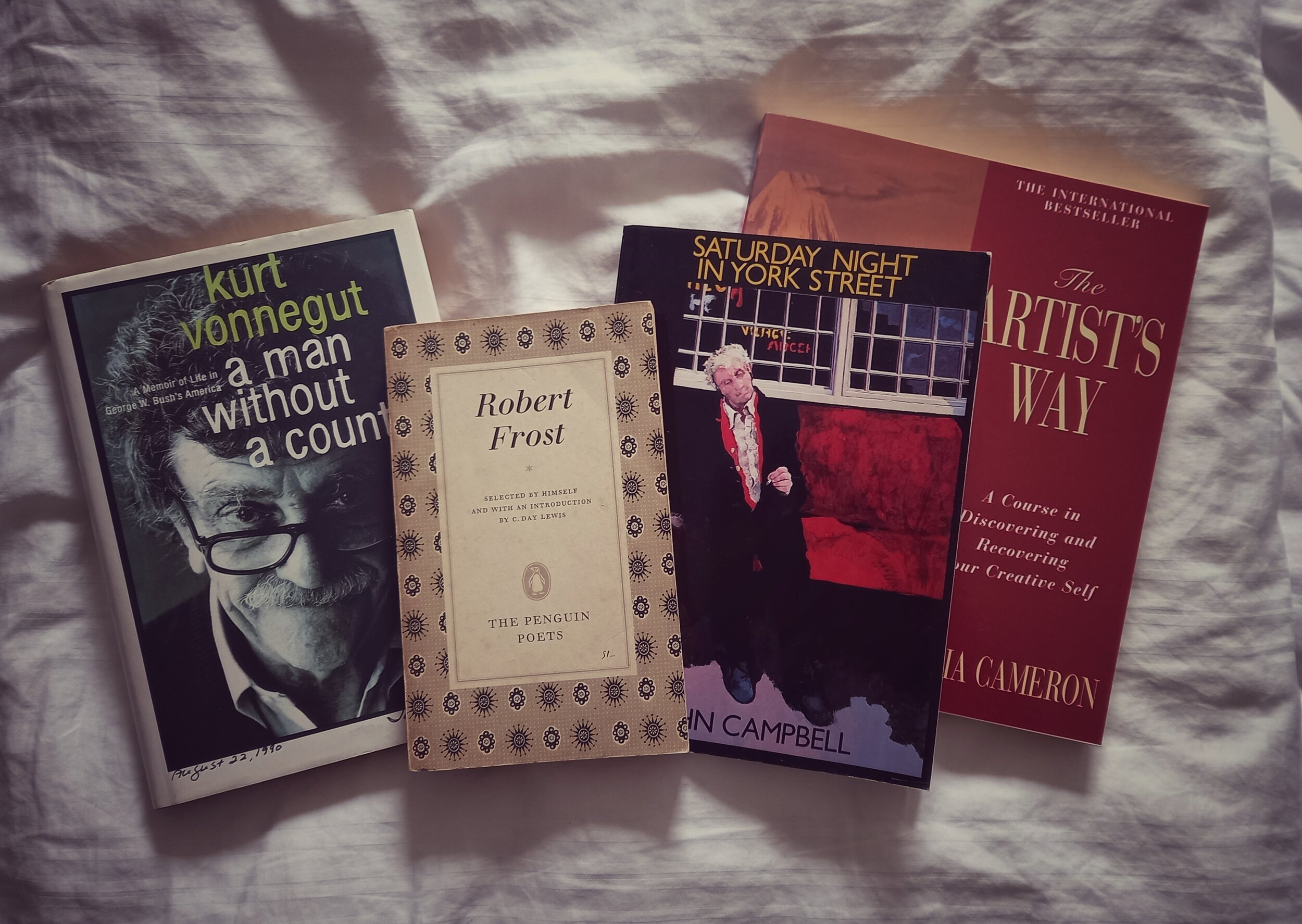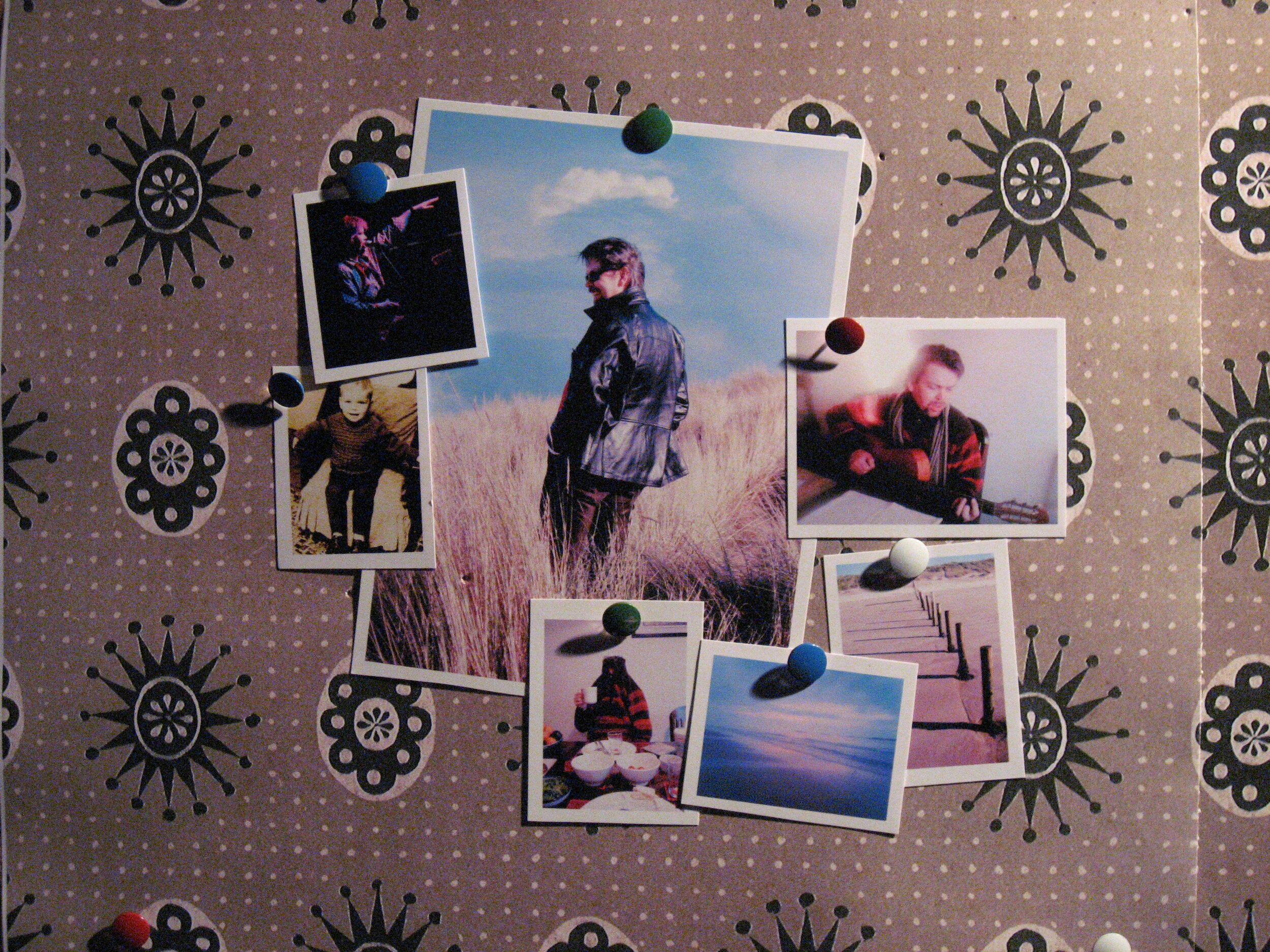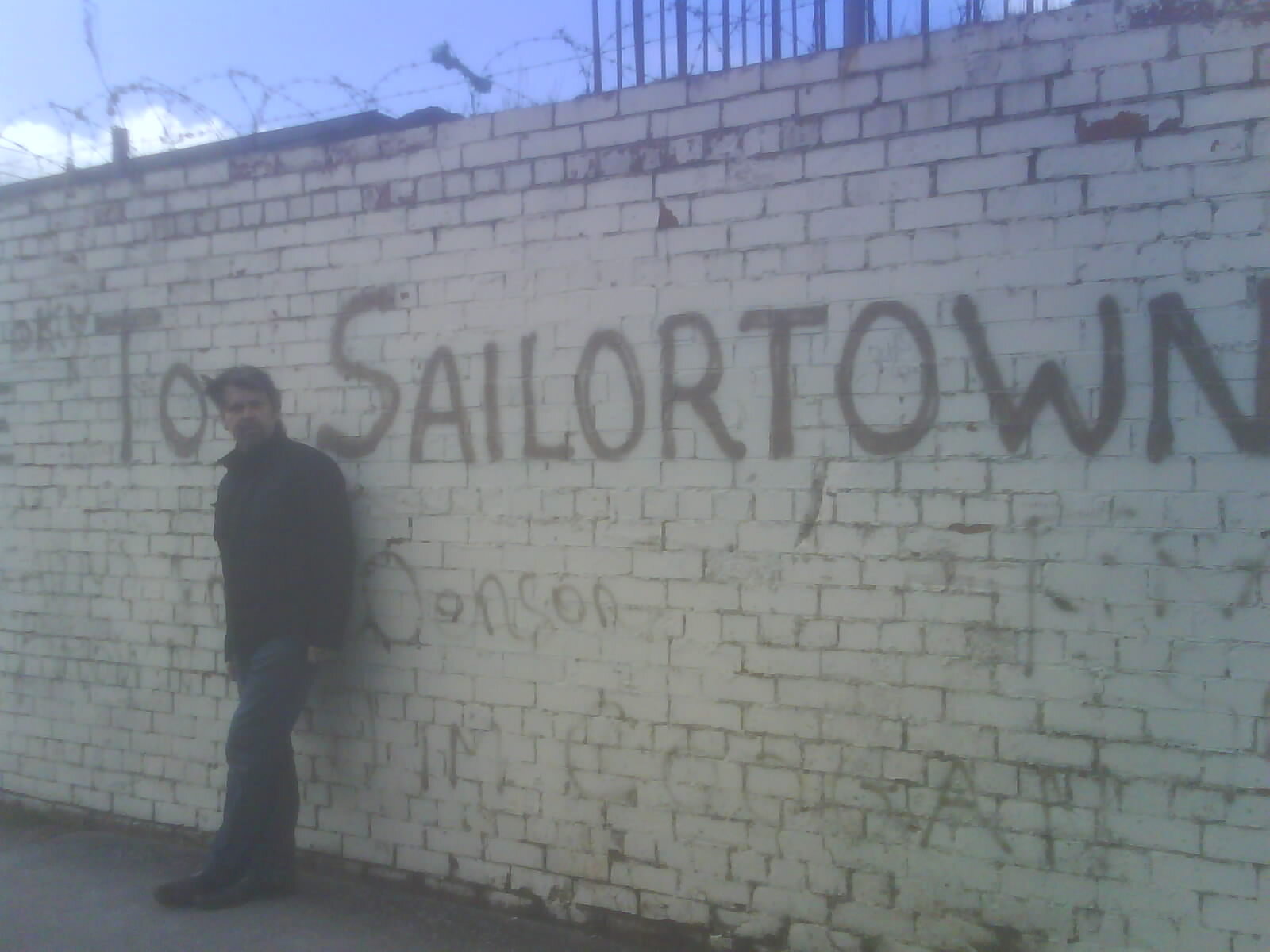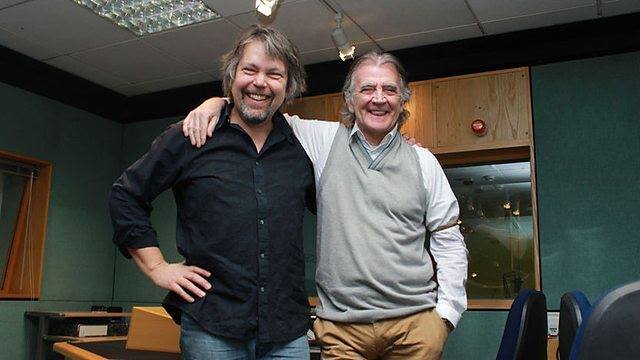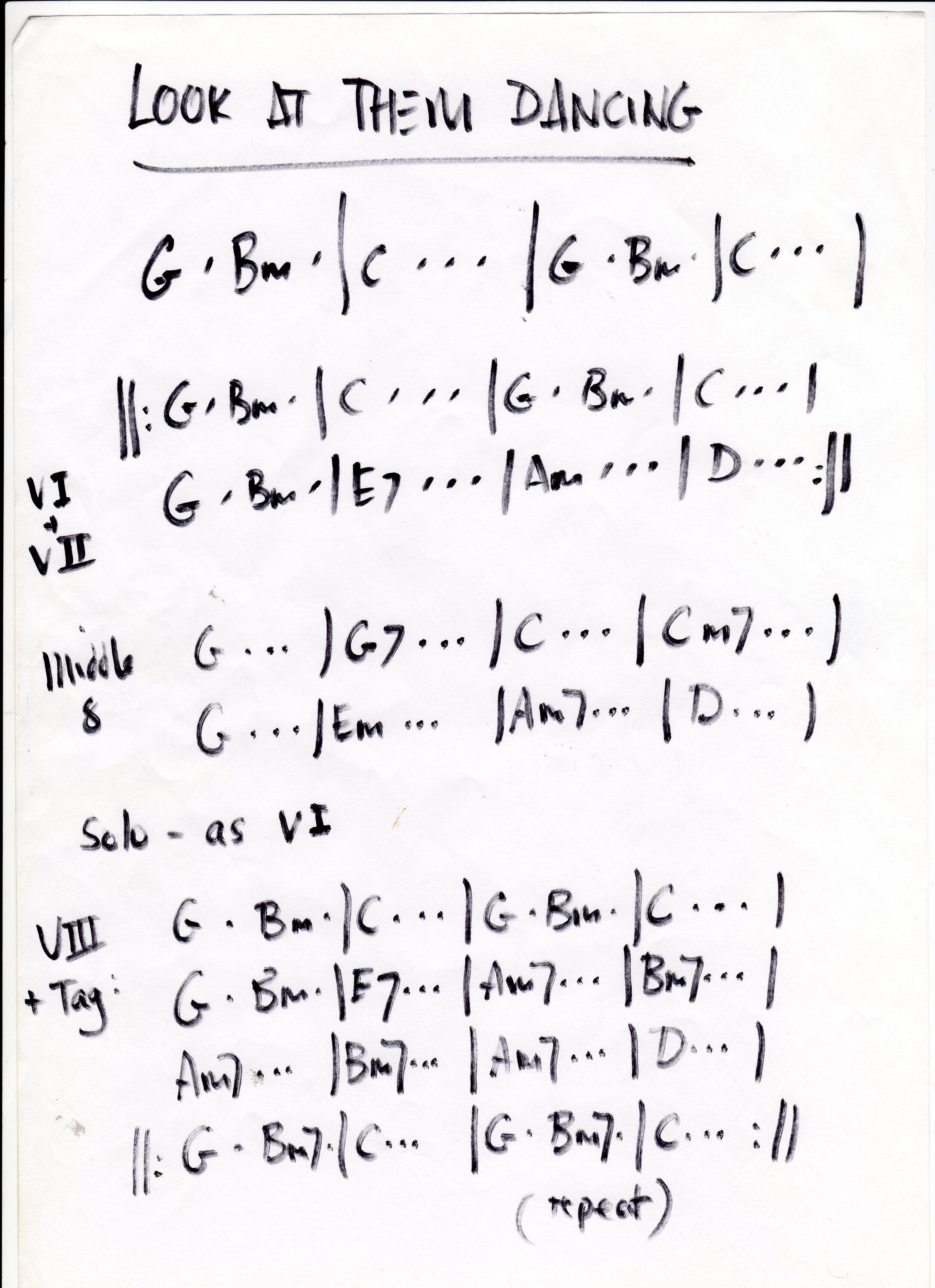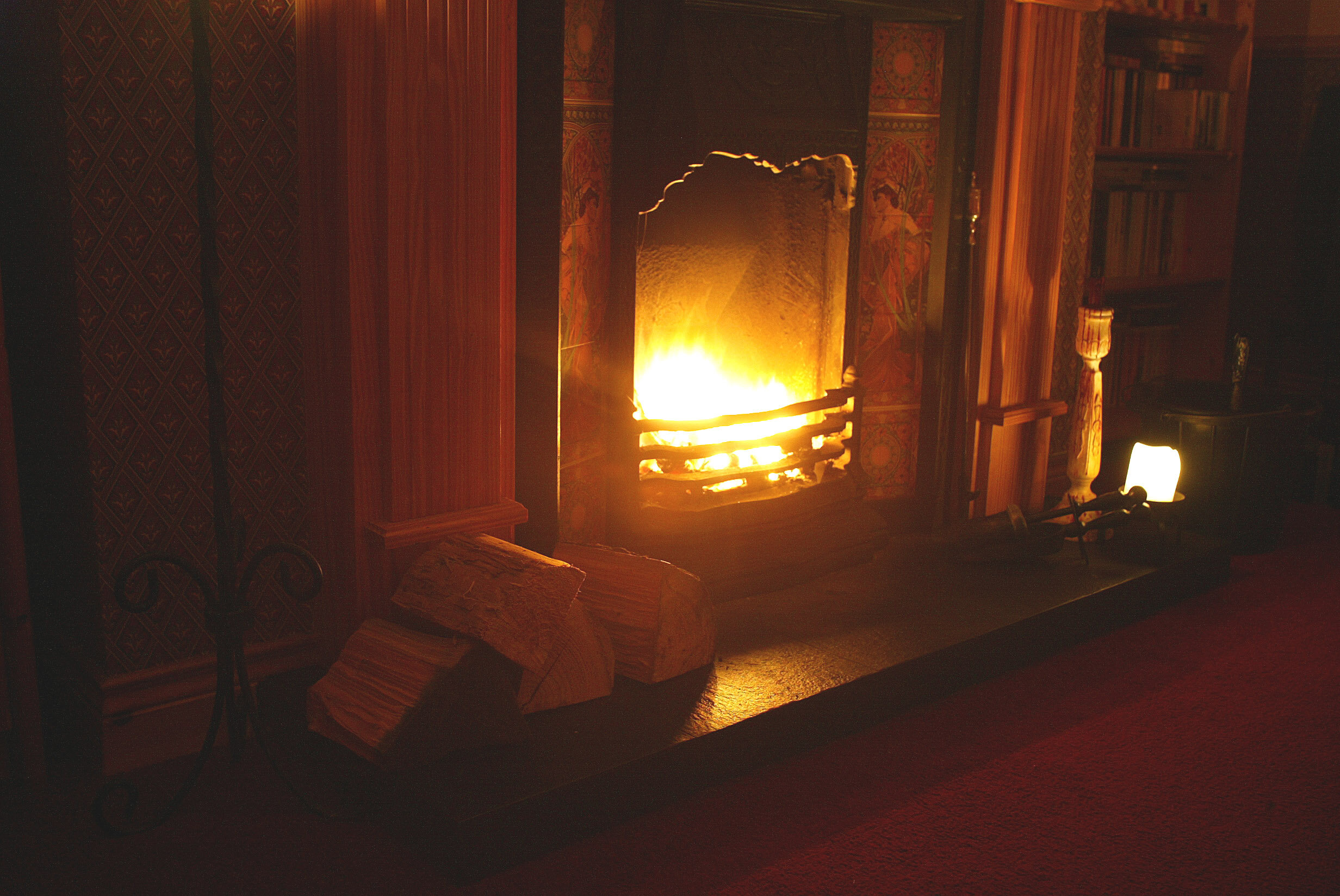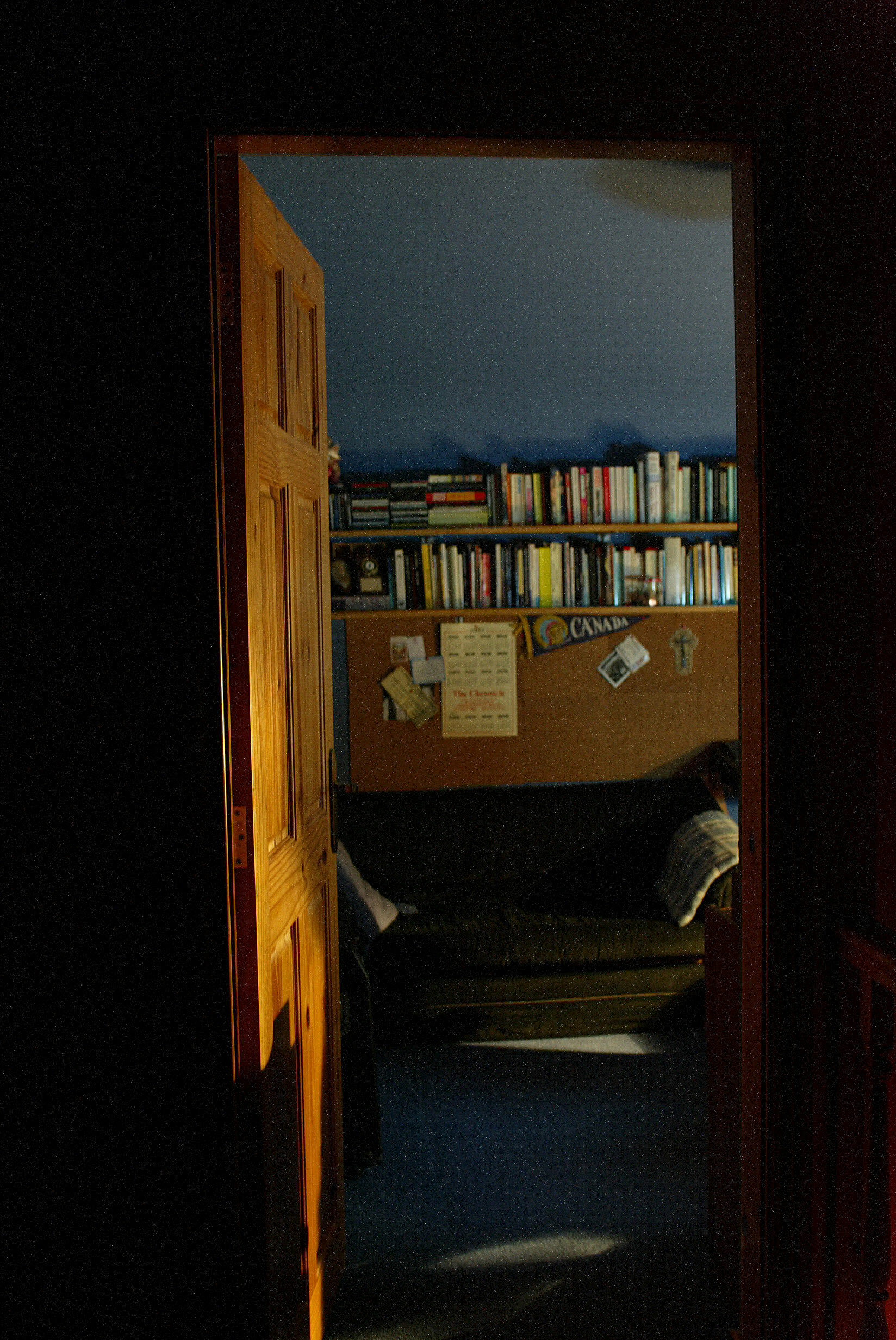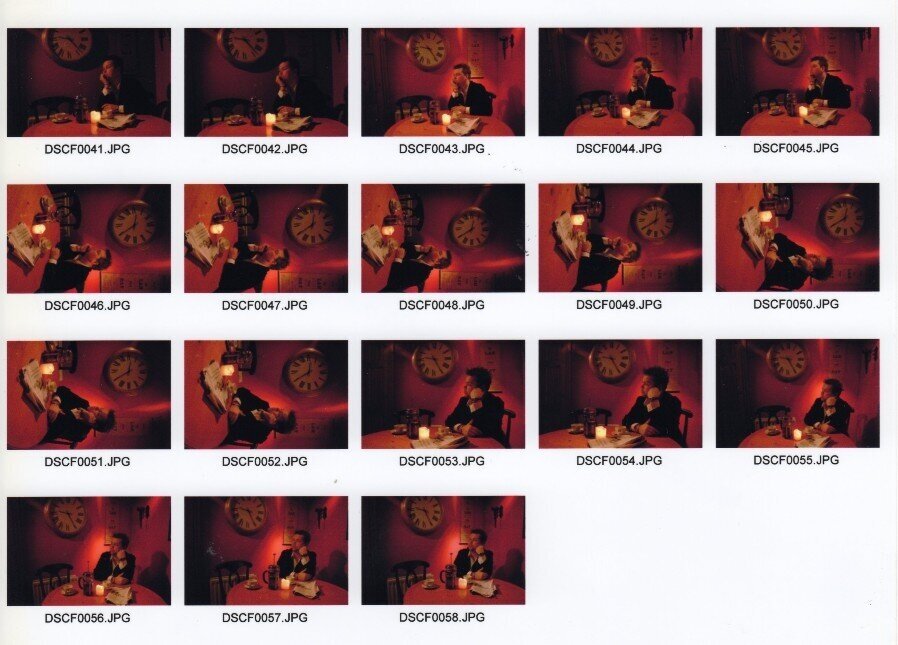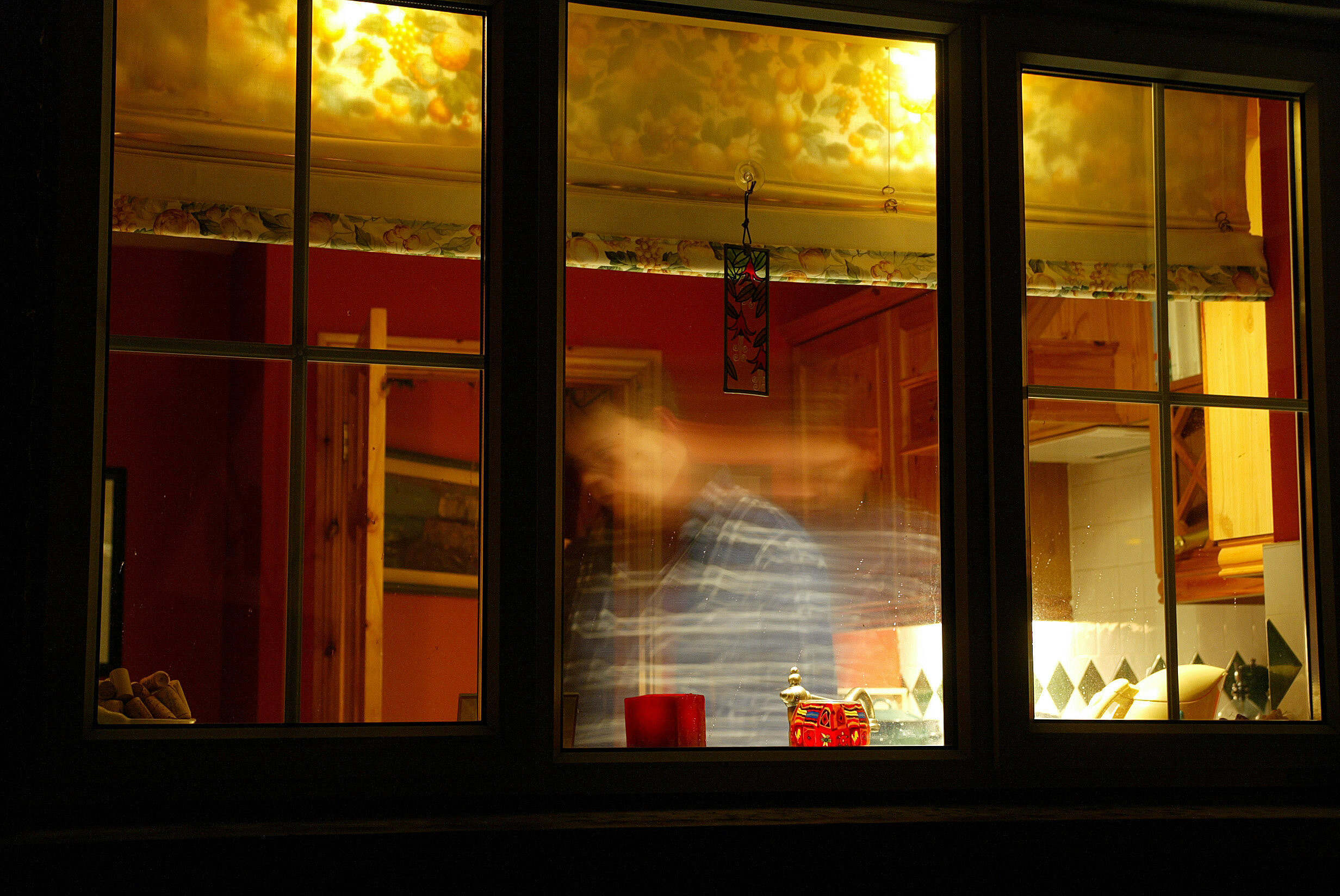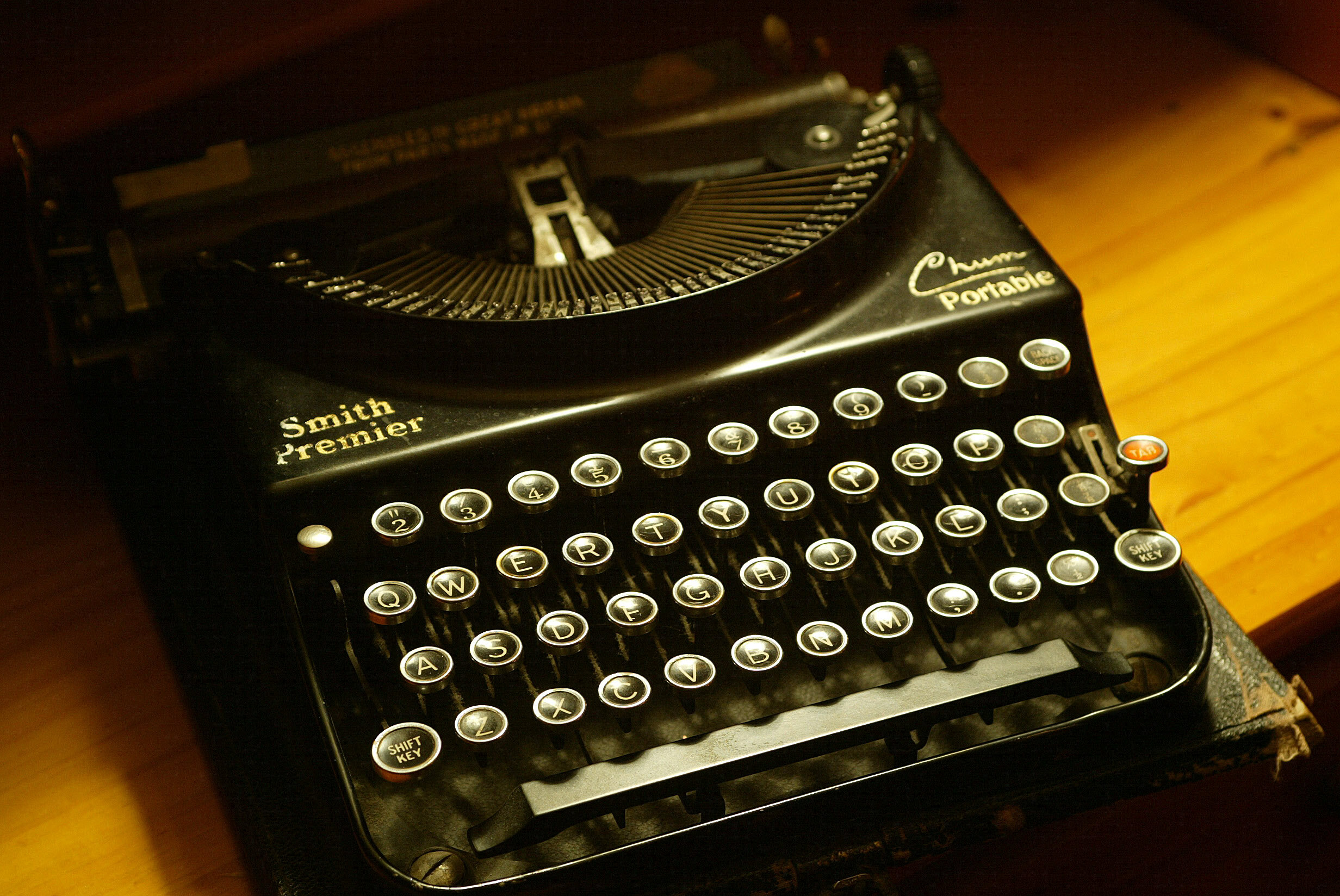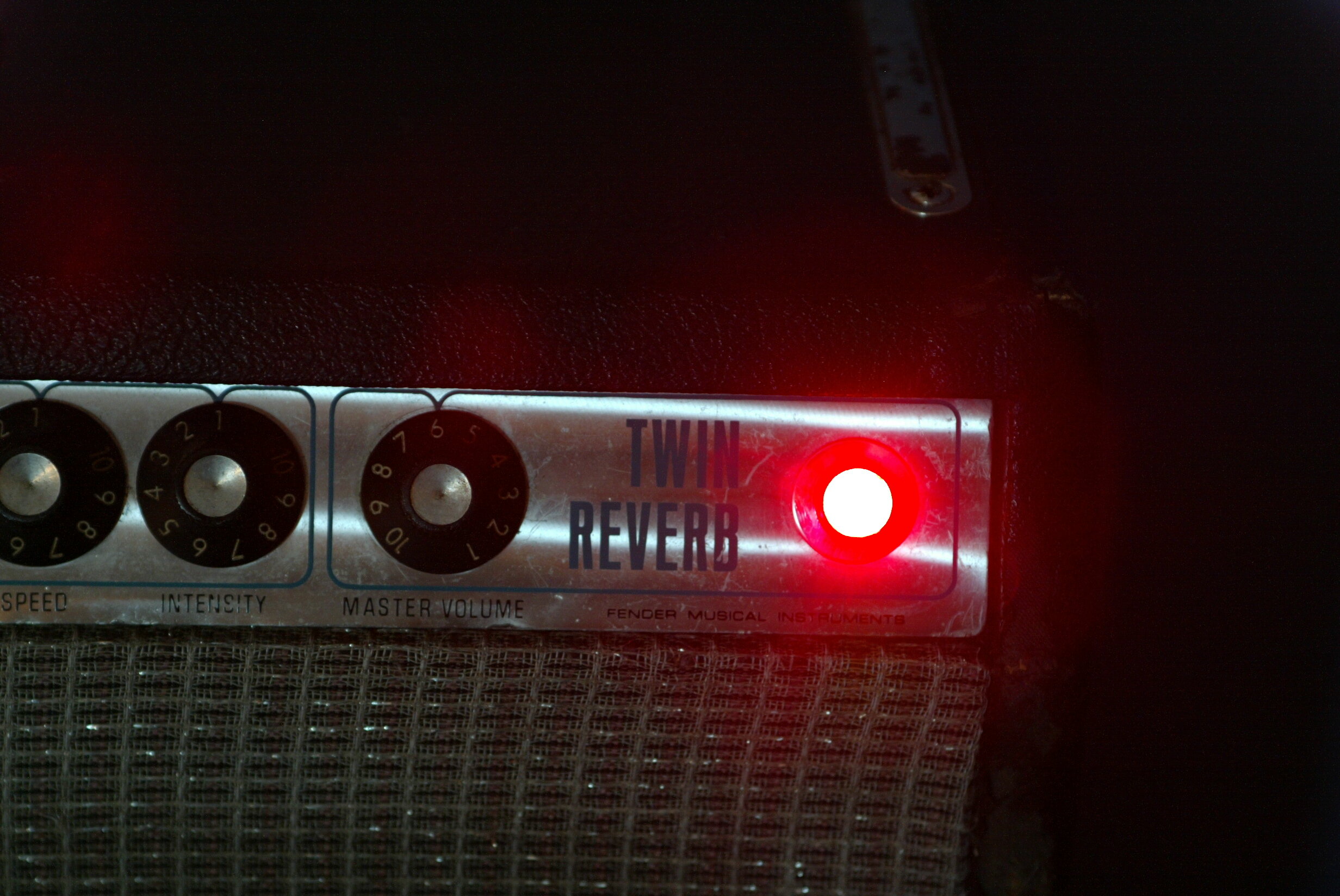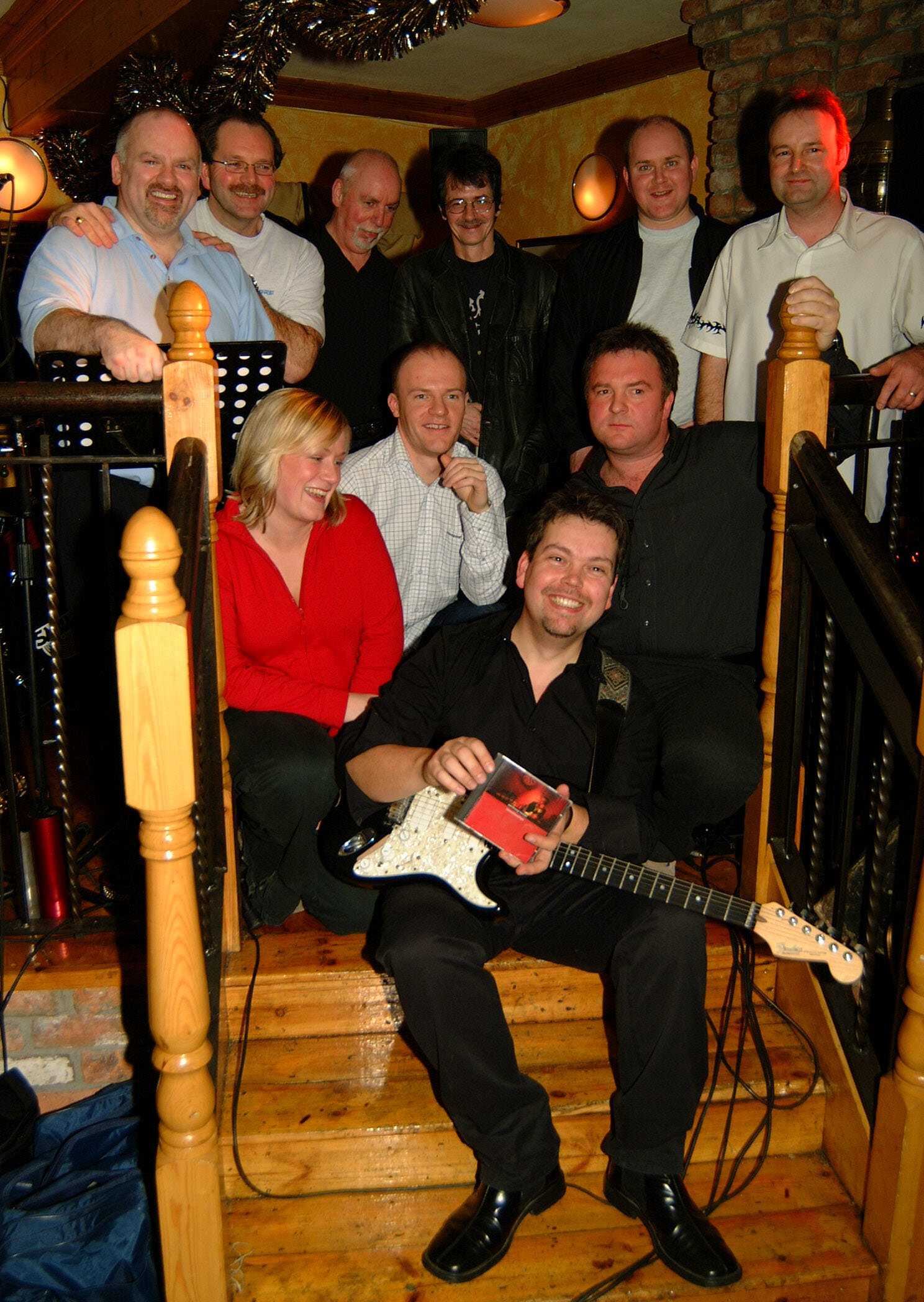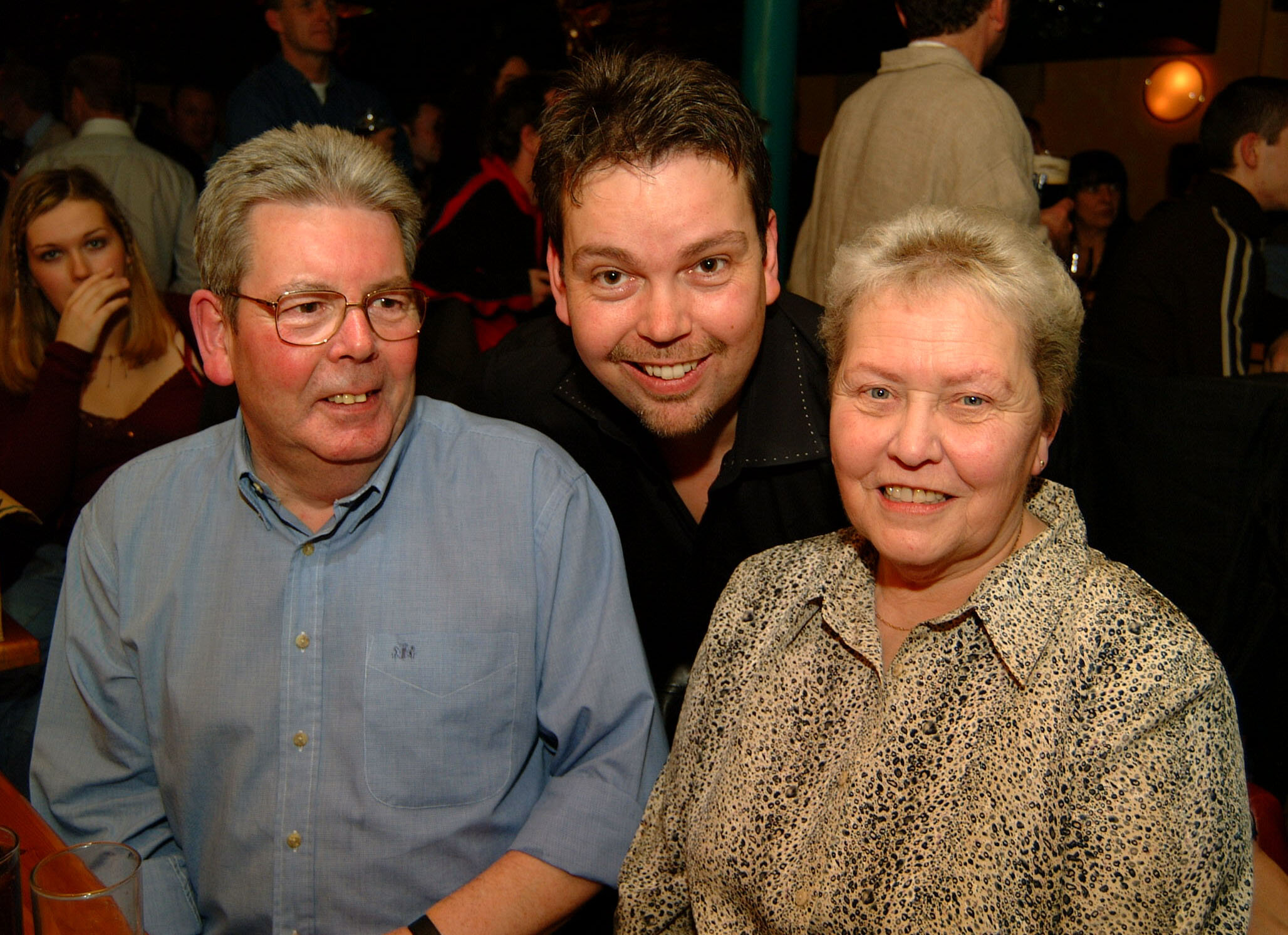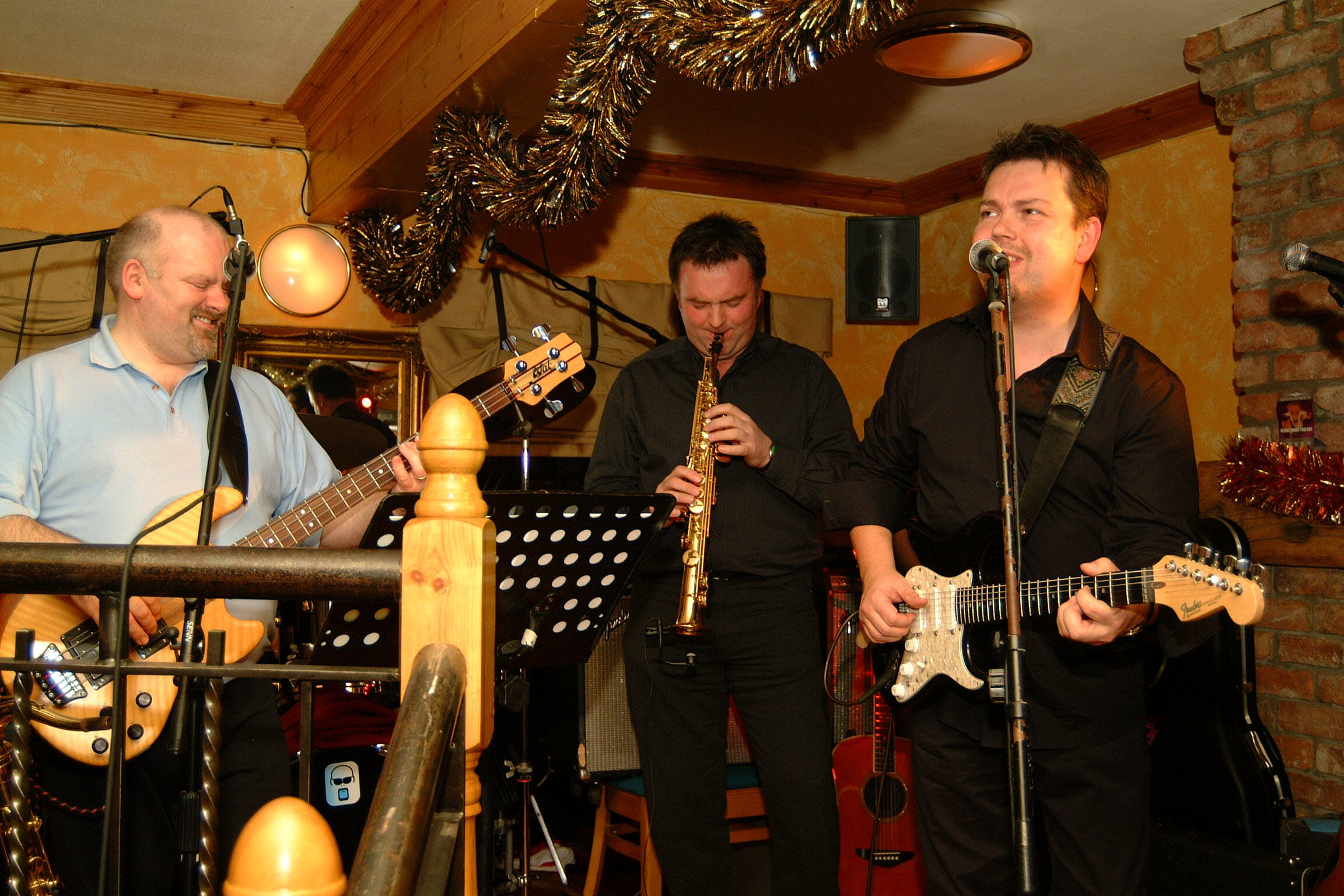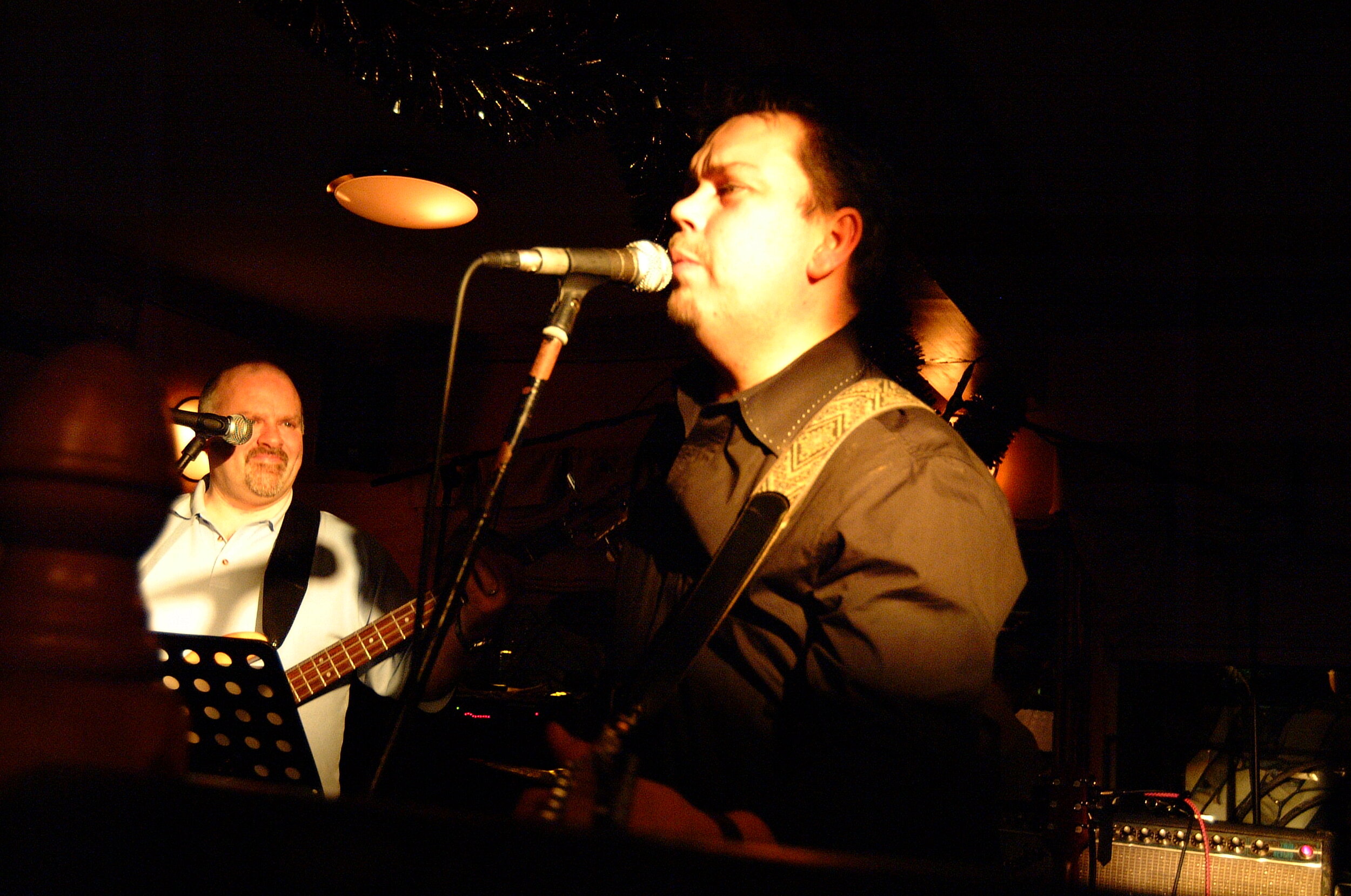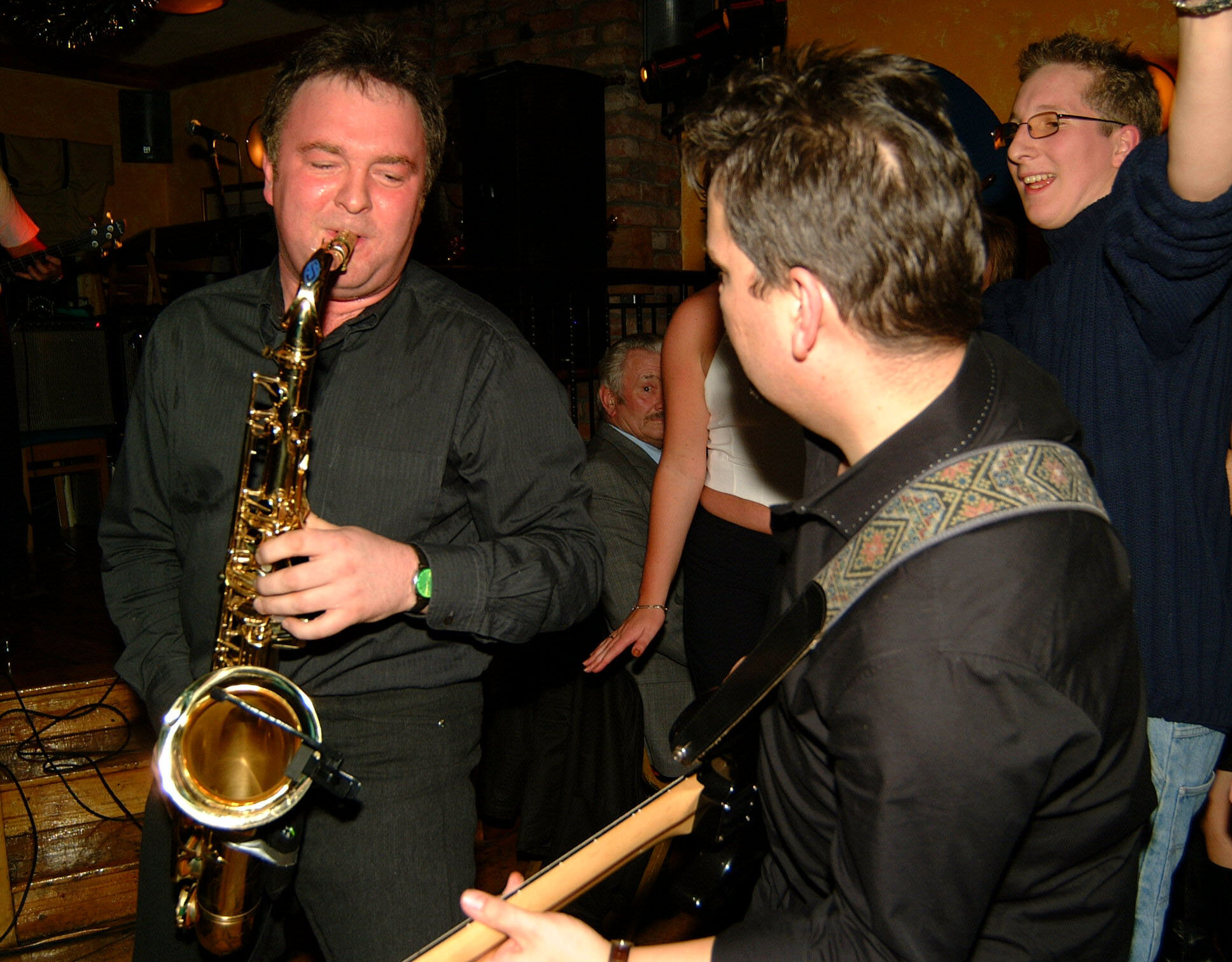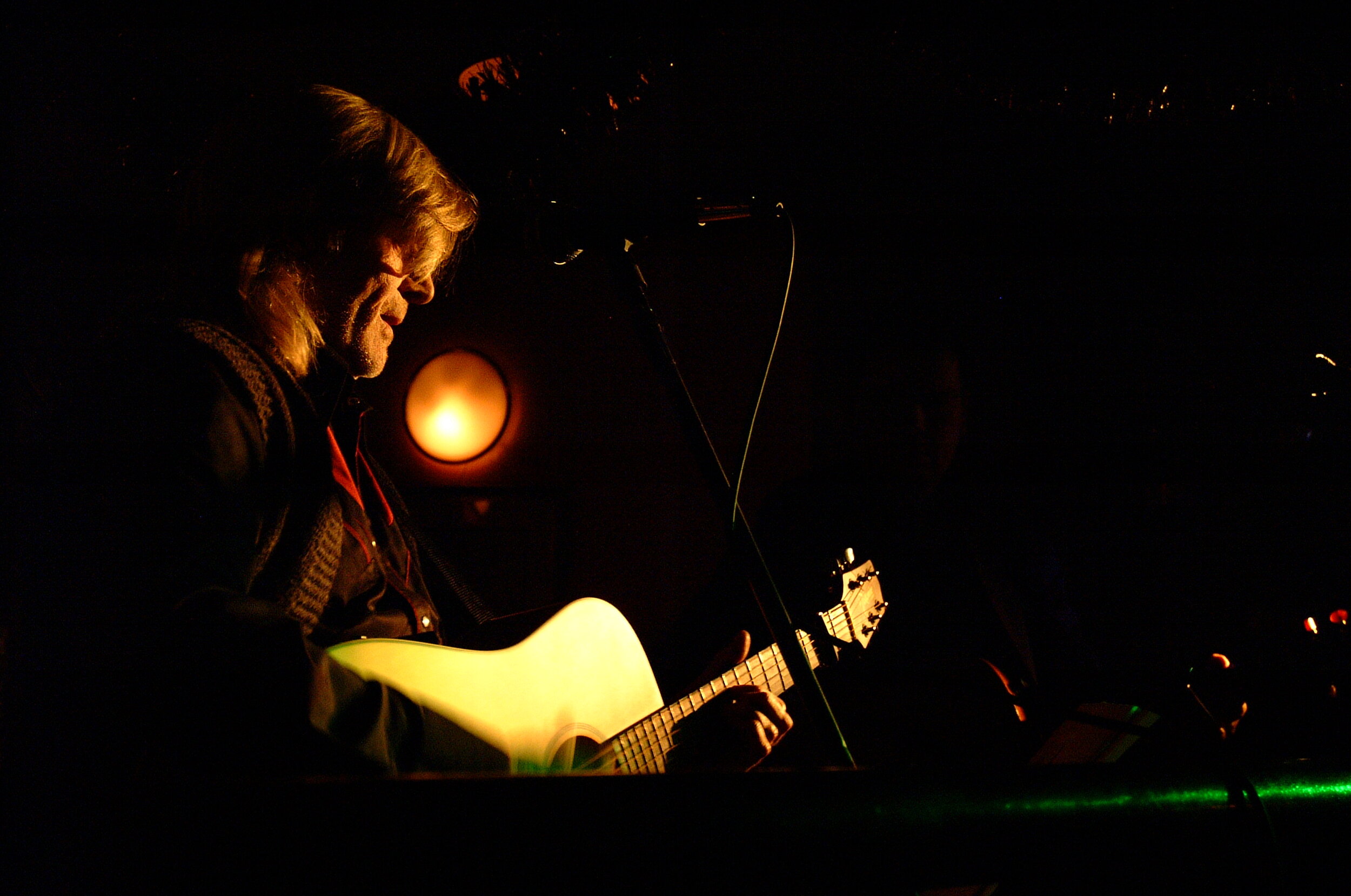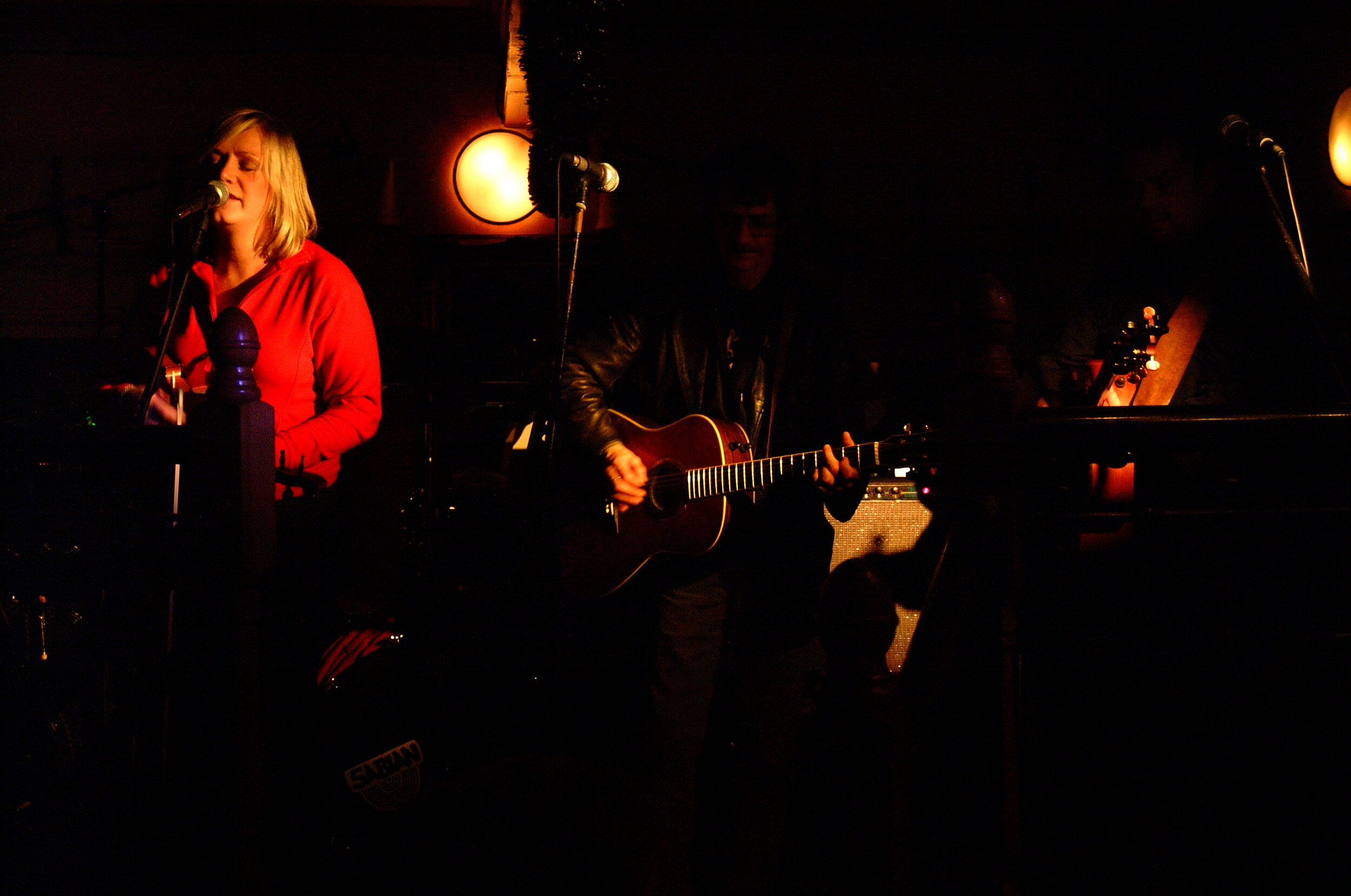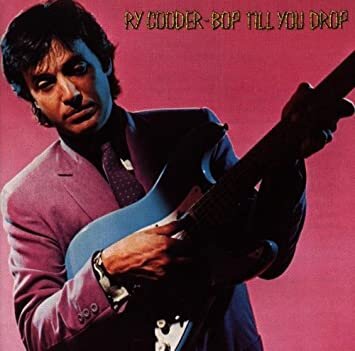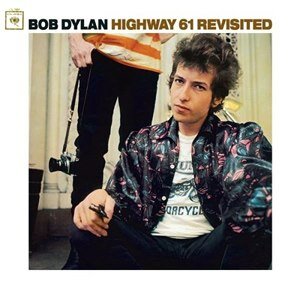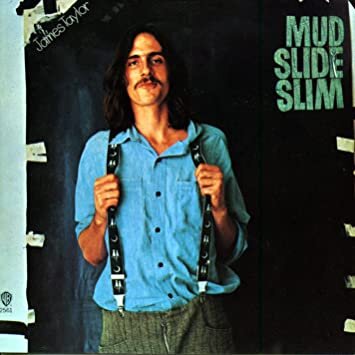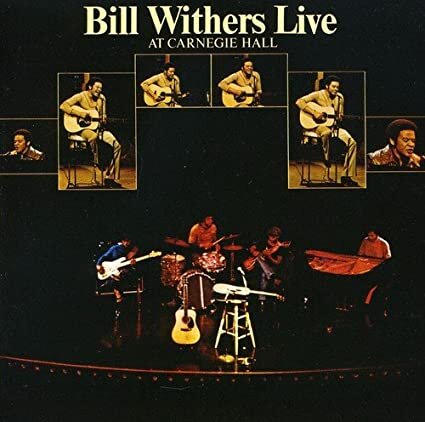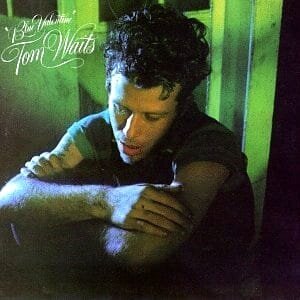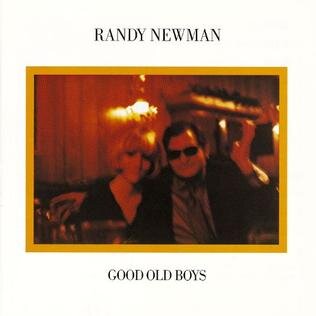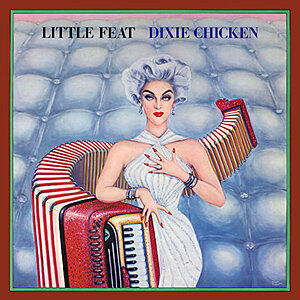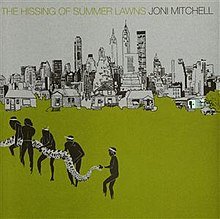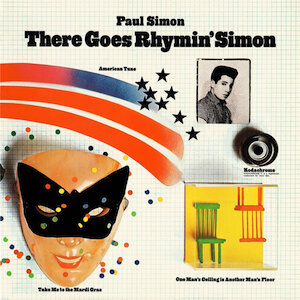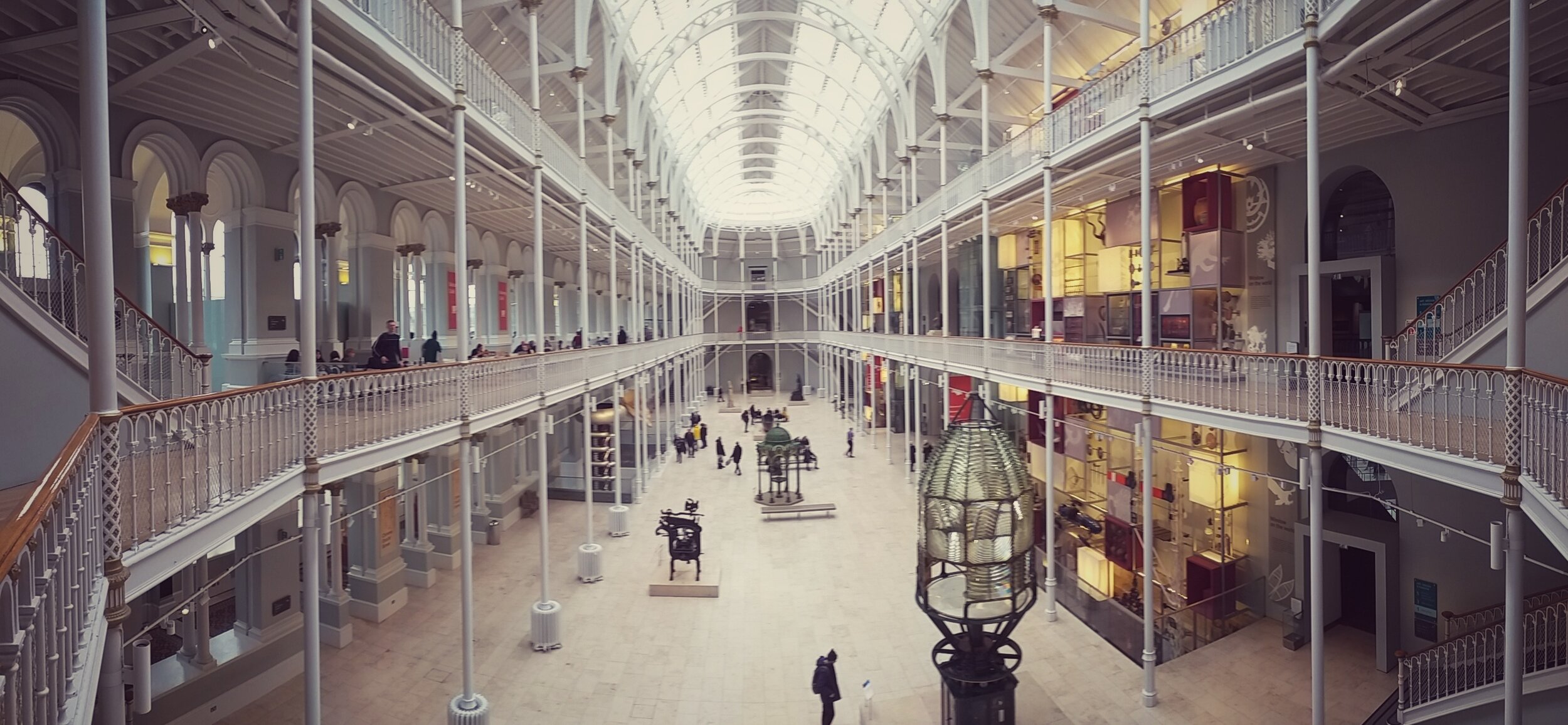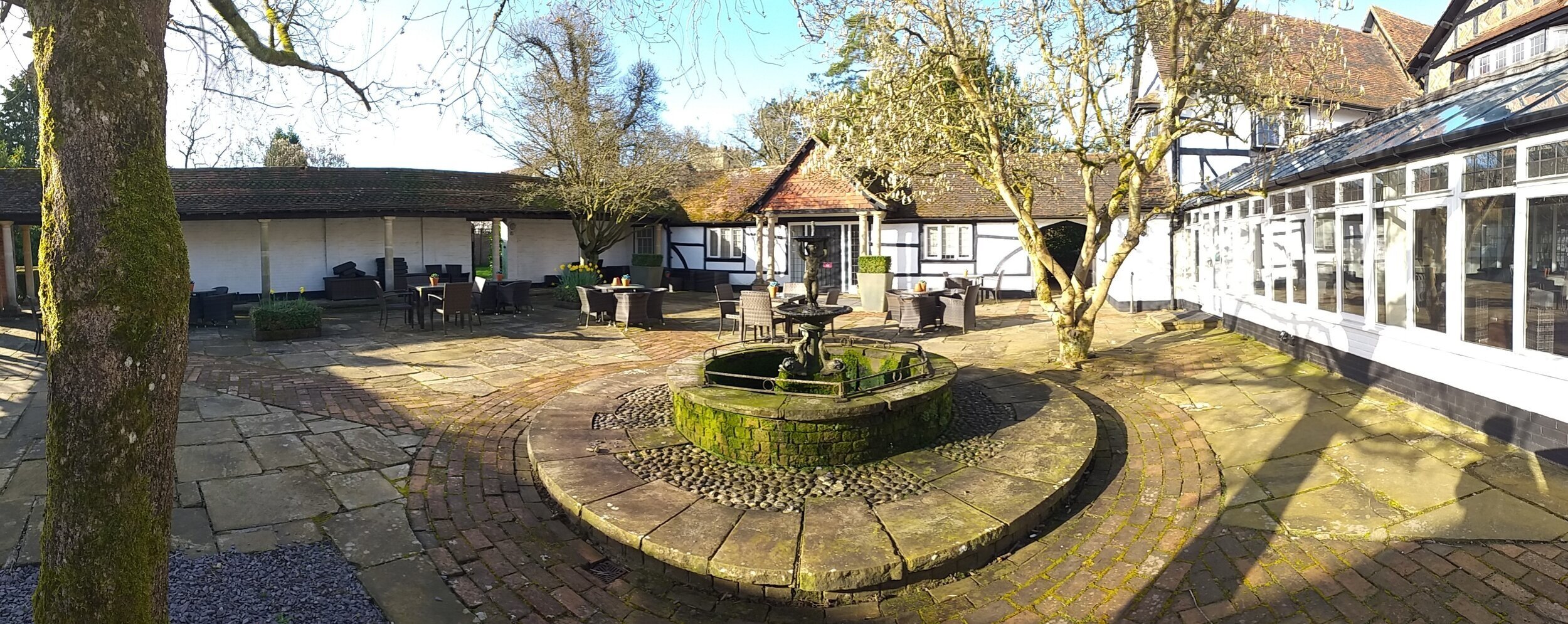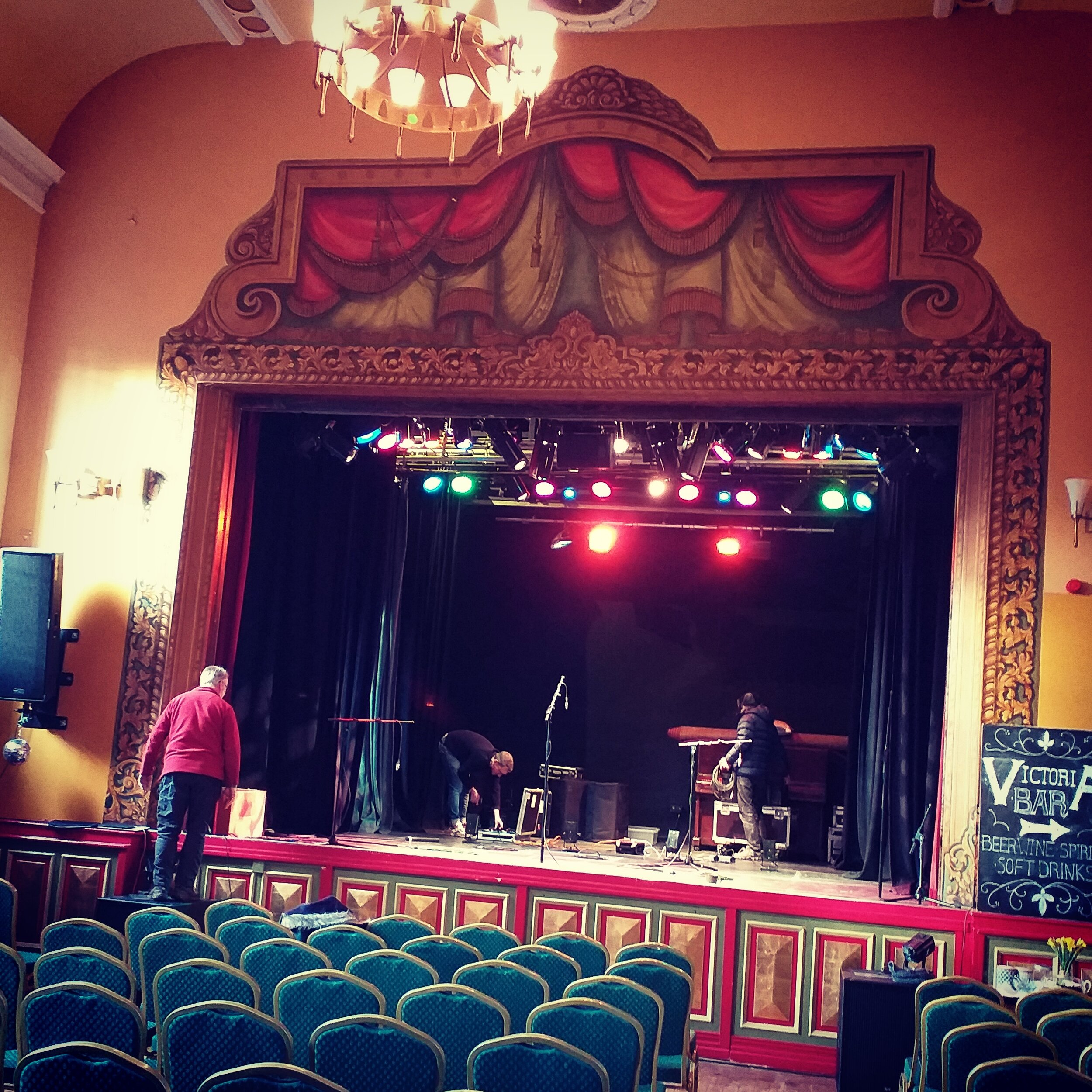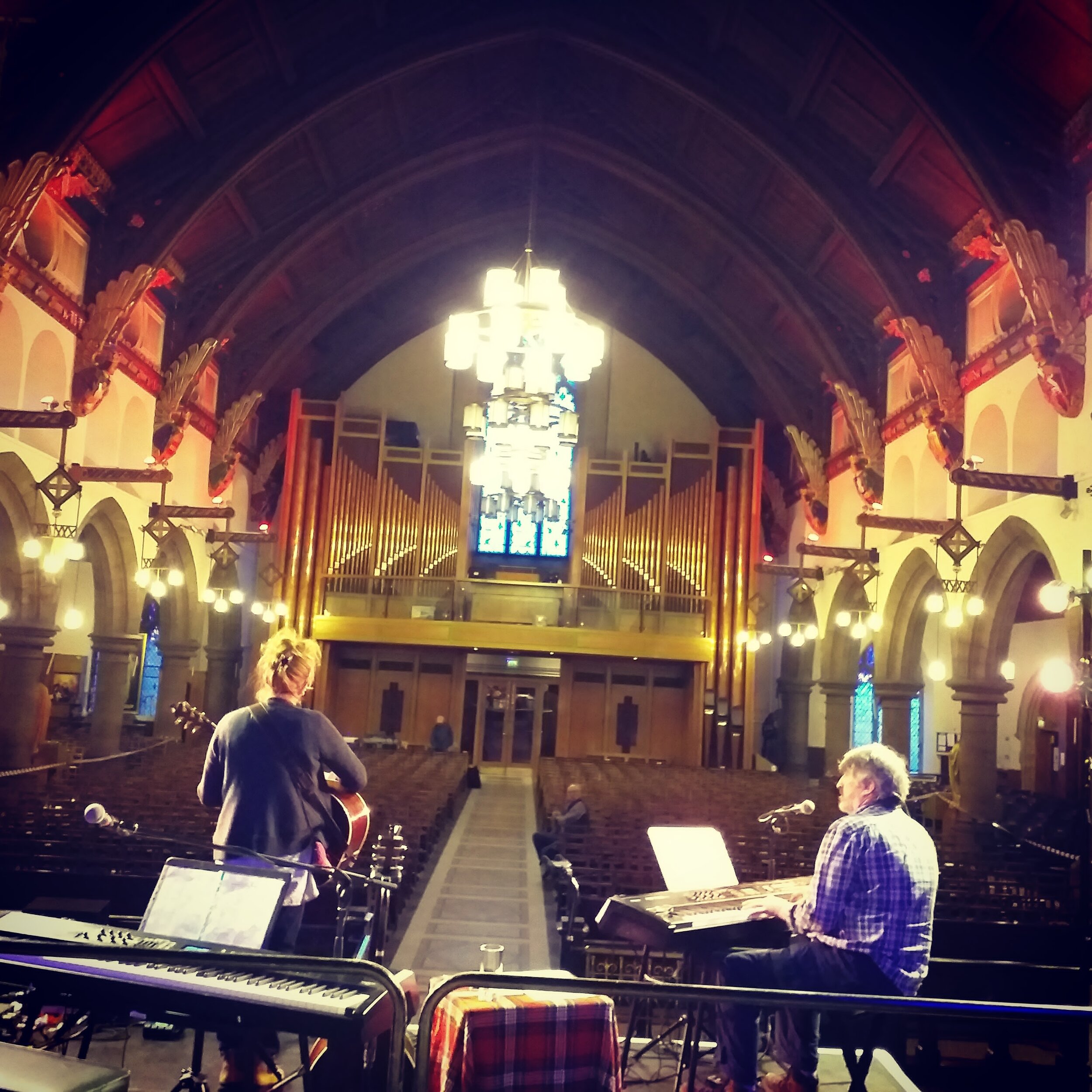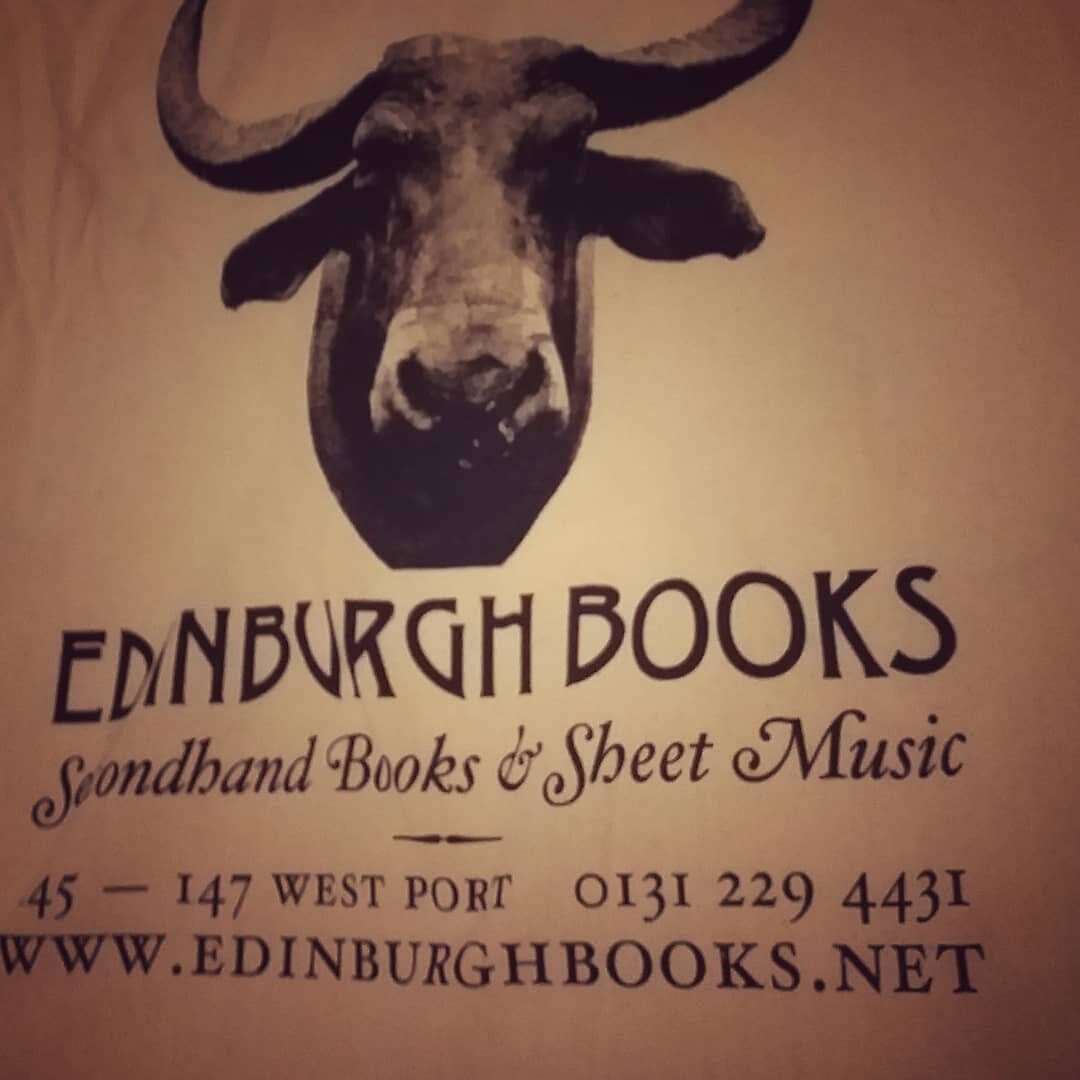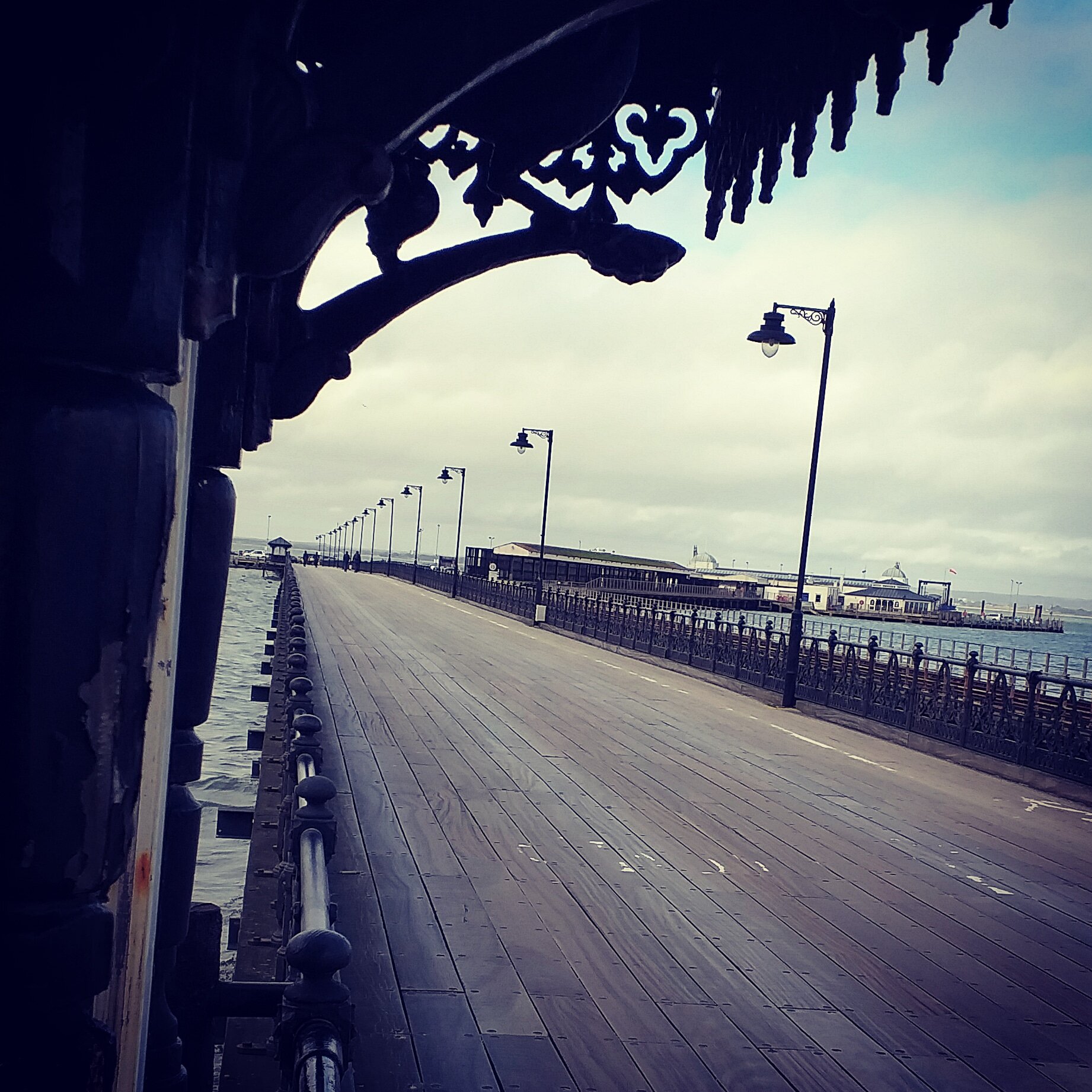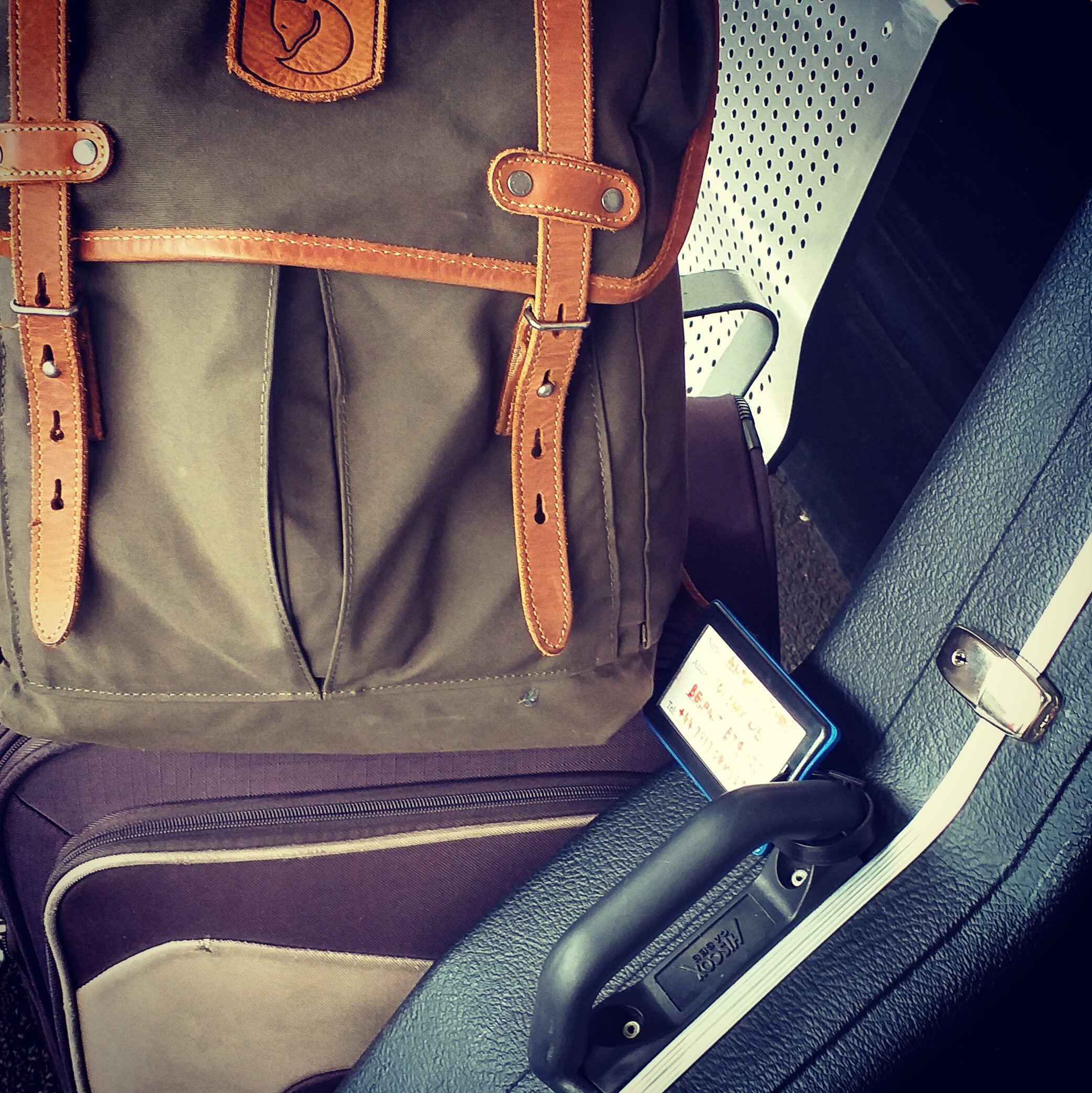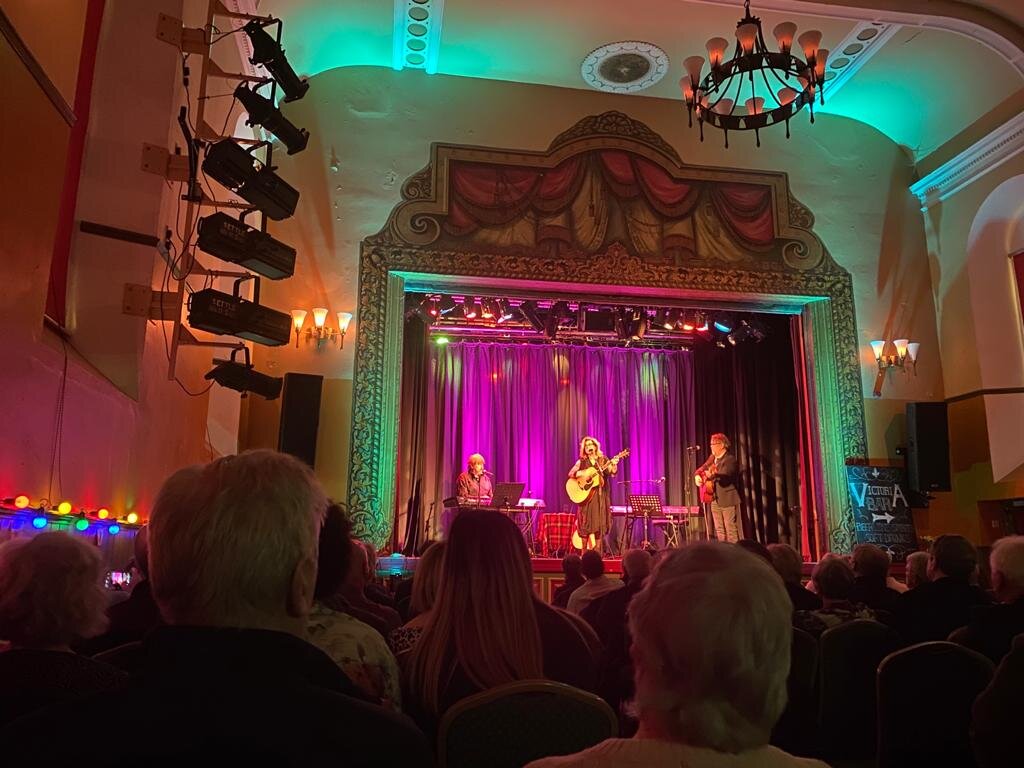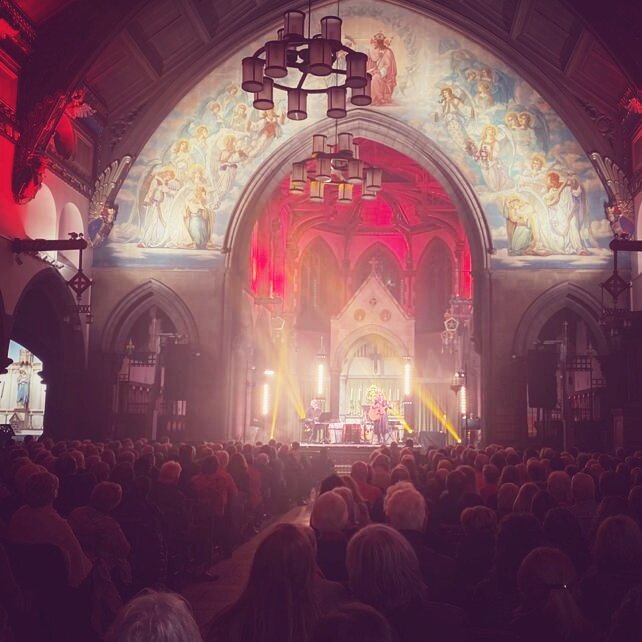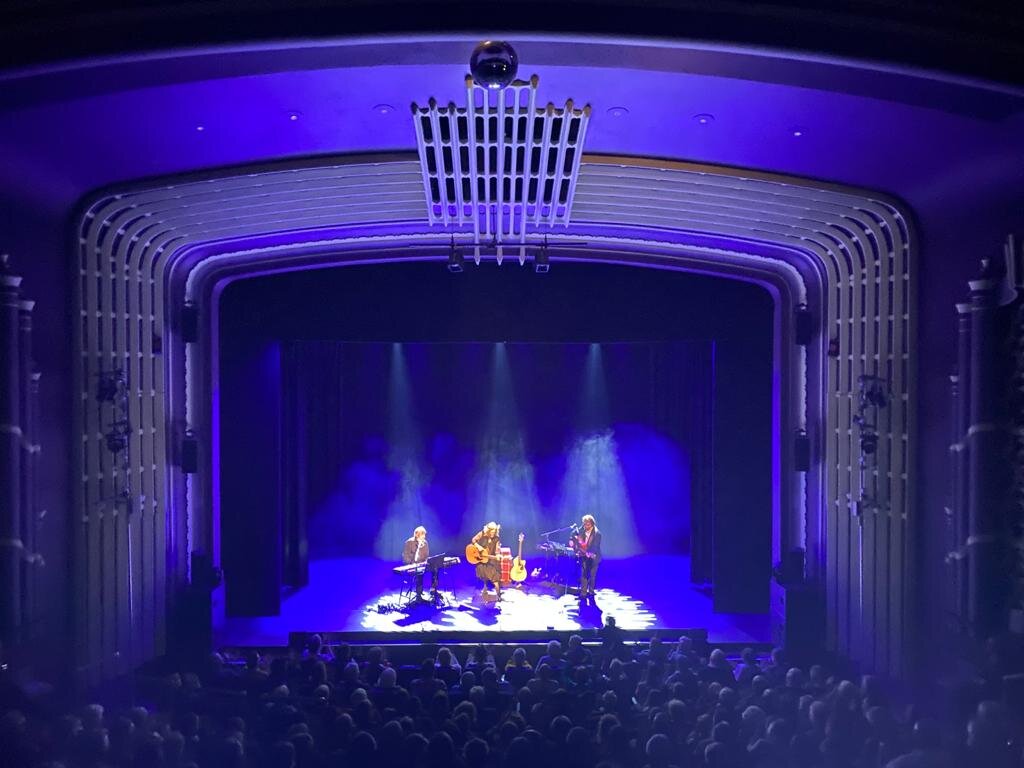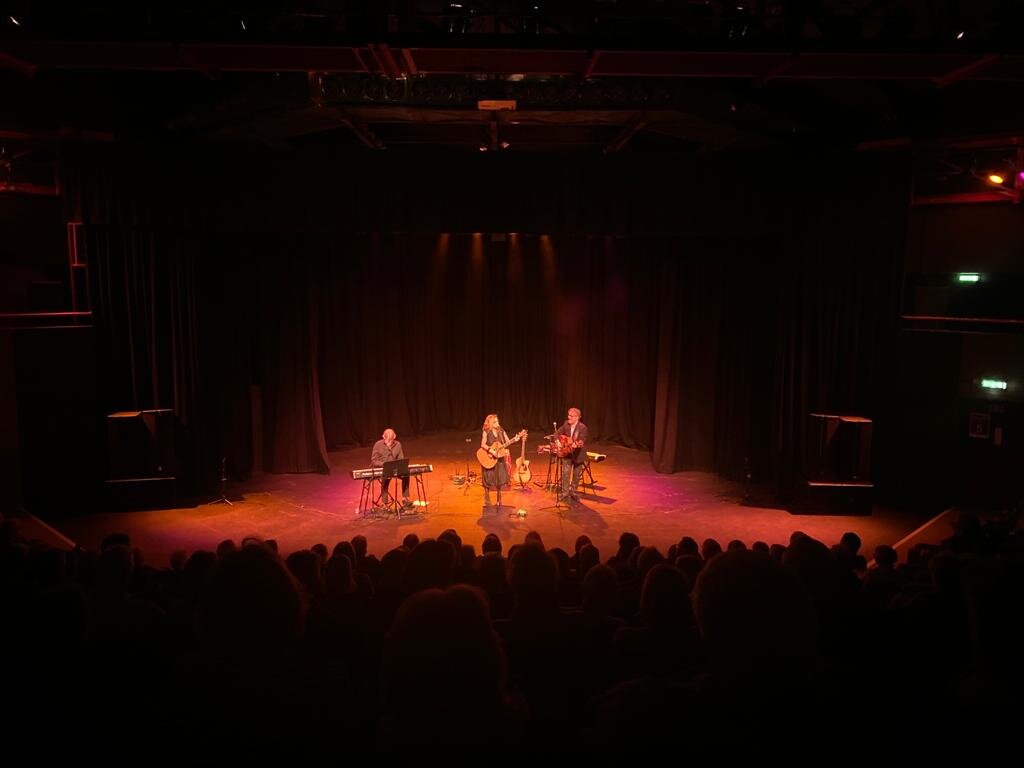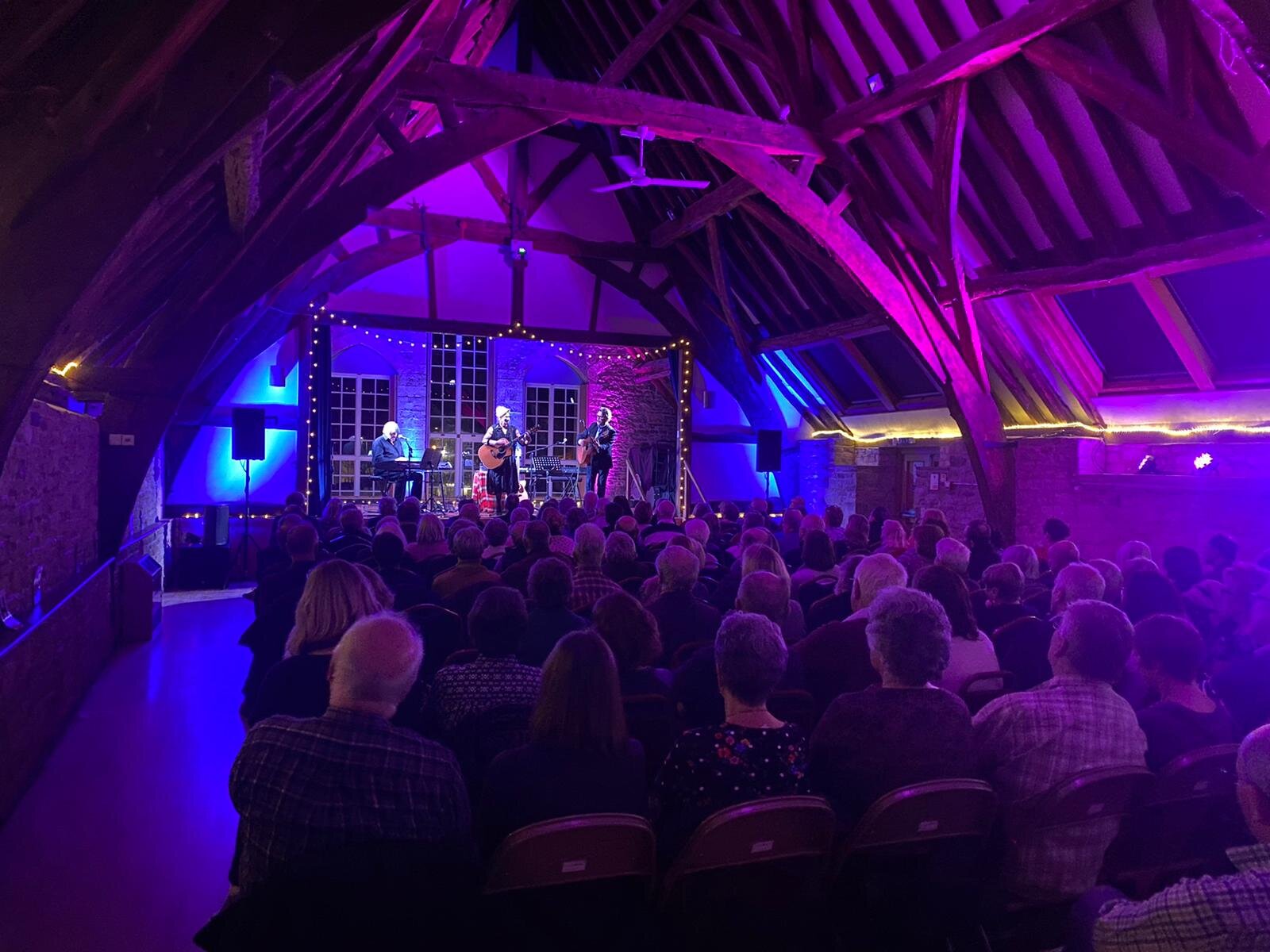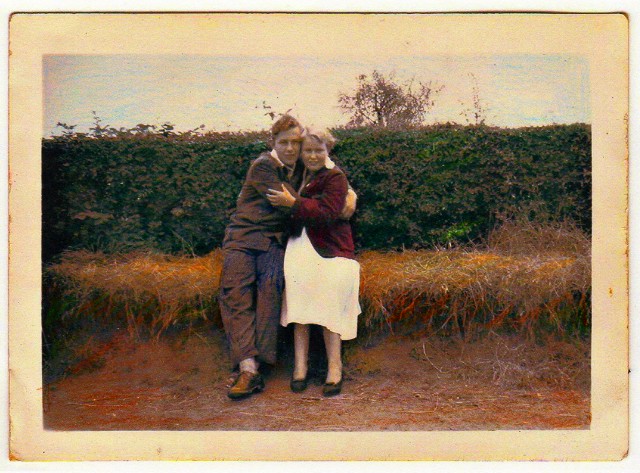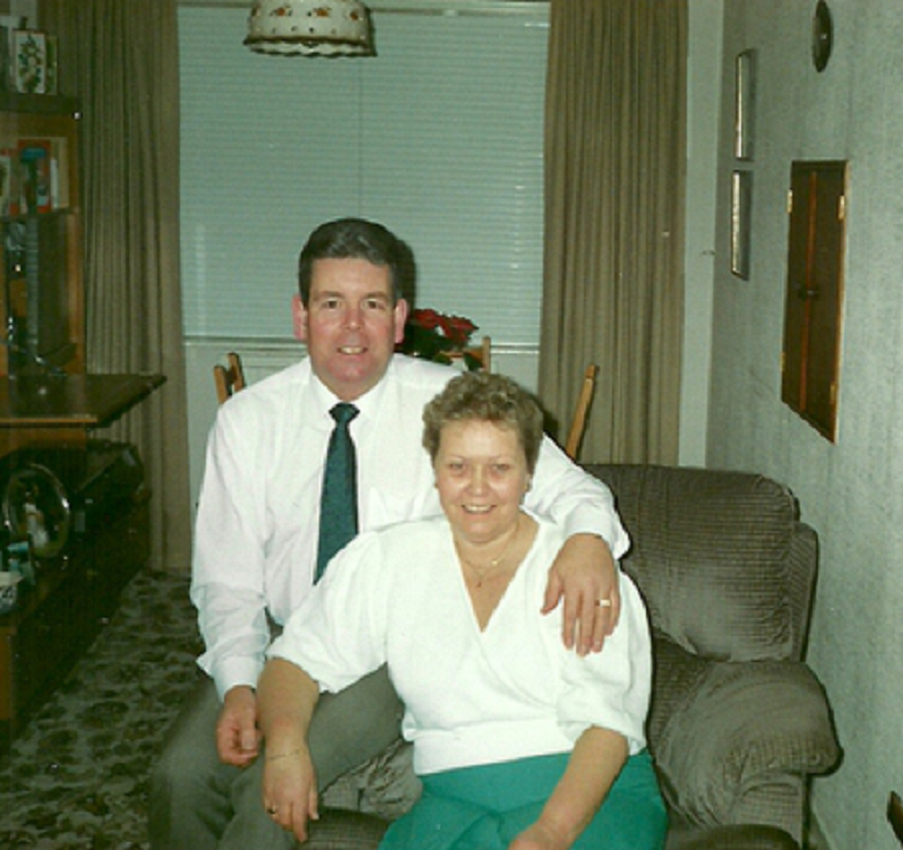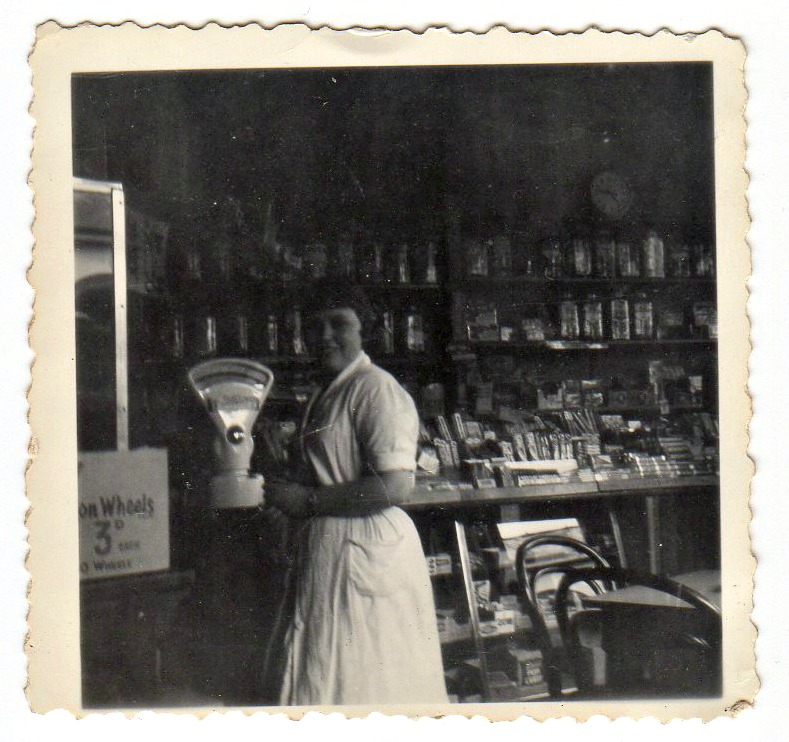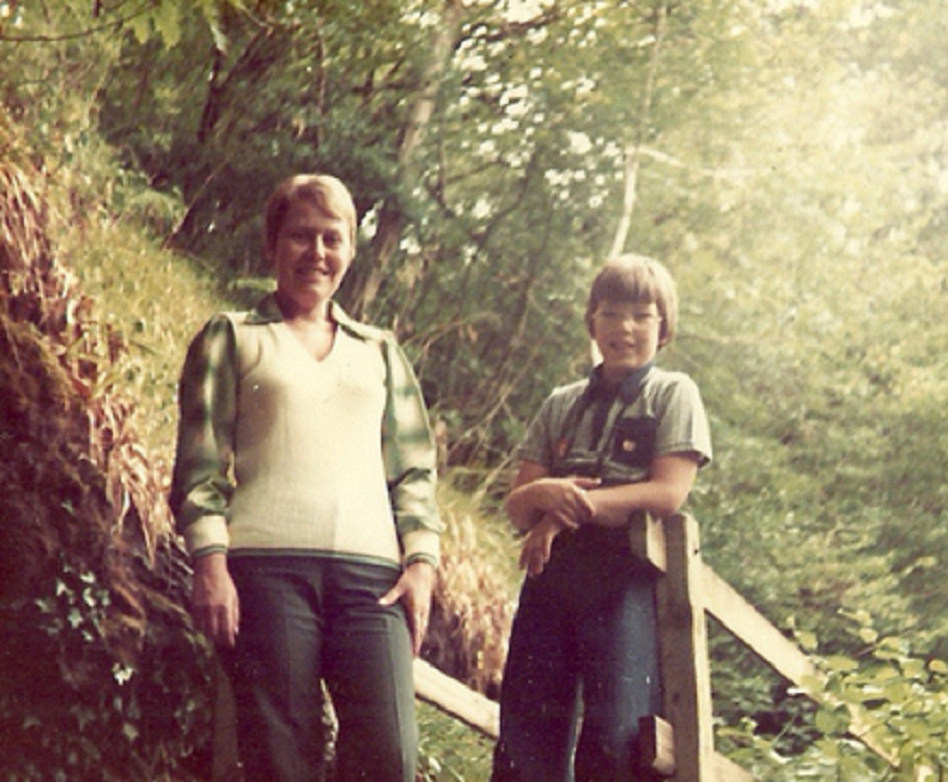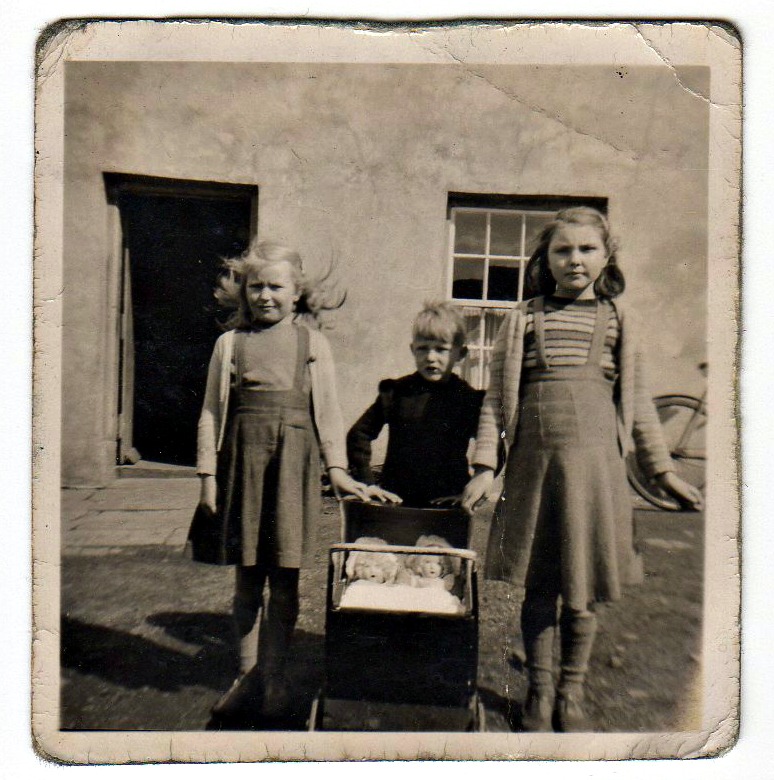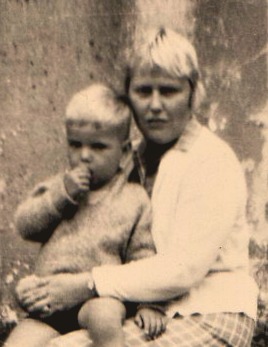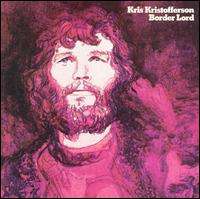My father Leo passed away in July of 2020 – but last week it felt like he gave me an unexpected wave. My old bandmate and friend Robert sent me a picture on WhatsApp, with the simple message – ‘just came across this great picture of Leo’.
The picture showed a crowd of people drinking in a marquee. Most of them looked pretty serious, actually. It looked familiar, but it took me a while to realise where it was: the marquee at the back of Frank Owens’ terrific pub in Limavady. Obviously during the town’s Jazz and Blues Festival, at which Robert and I would have played on many occasions during the late 90s, the glory days of Big Ankles, the band we were both in at the time.
It took me a moment to work out where my dad was, in among this parade of faces.
Then it hit me like a little electric shock. Down at the back – seated, against the back wall – my father peeks through the middle of the crowd. He’s wearing a green sweater, his head tilted back so the light bounces off his glasses, to look across the width of the marquee, right into the lens. He’s grinning and his right hand is aloft, high, with a jaunty thumb raised.
It’s wonderful, and heartbreaking at the same time. A salute from beyond.
It is also ENTIRELY Leo – everything about it is just… HIM, his comfortable presence among the drinkers in one of his favourite bars, near to the music, near to the liveliness and the craic of the whole affair, seeing someone he’s fond of (Robert, obviously) across the room - and throwing his arm up in unstoppable joy.
Although she’s unseen in the picture, I imagine my late mother Eileen is also there, obscured by other figures in this shot, but also enjoying the afternoon. Thinking about it, I would certainly have offered to drive the pair of them home after the gig, so there would have been happy, relaxed drinking all afternoon, maybe a stop for chips at McNulty’s before heading home, over the mountain to Coleraine. Some talk about who they had seen, who had been asking after me, who had come over to say hello.
The easy, happy, love-filled sociability of my parents was stolen from them too young, by disease and ill health and bad luck. The happy business of their lives was cruelly unfinished.
But I haven’t felt as suddenly orphaned as I have seeing this little picture on my phone (even though I’m over the moon to have received it). It was a wave from the other side, for sure: Just when I thought I’d seen all the pictures of him, this new one arrives. A joyous thing, my God yes, but a reminder too, of what’s been lost.
And yet… it so perfectly encapsulates who my father was that I will have it framed. And when people wonder why I have a picture of a marquee seemingly filled with mirthless drinkers on my wall, I will take delight in pointing out the happy man - almost lost in the frame at the back of the crowd - waving with unconcealed delight to us. A signal sent out, without knowing it would arrive years in the future.


